Mulholland Drive (2001)
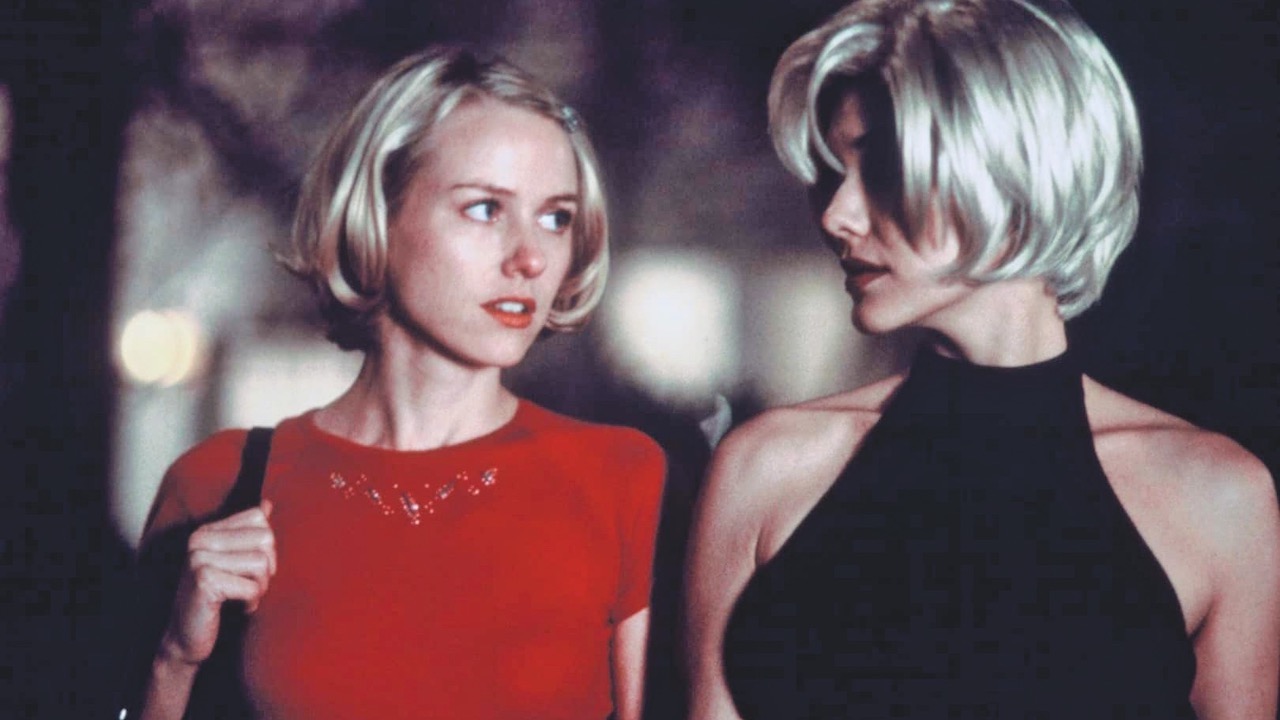
David Lynch is a cinema auteur who relishes in presenting viewers with a puzzle to solve. The director never spoon-feeds his audience, and he clearly delights in making heads spin. His 2001 film, Mulholland Drive, is described as a surrealist neo-noir mystery that is set within Hollywood. What starts in one direction, switches partway to another, leaving the audience on the brink of insanity.
Twelve Monkeys (1995)
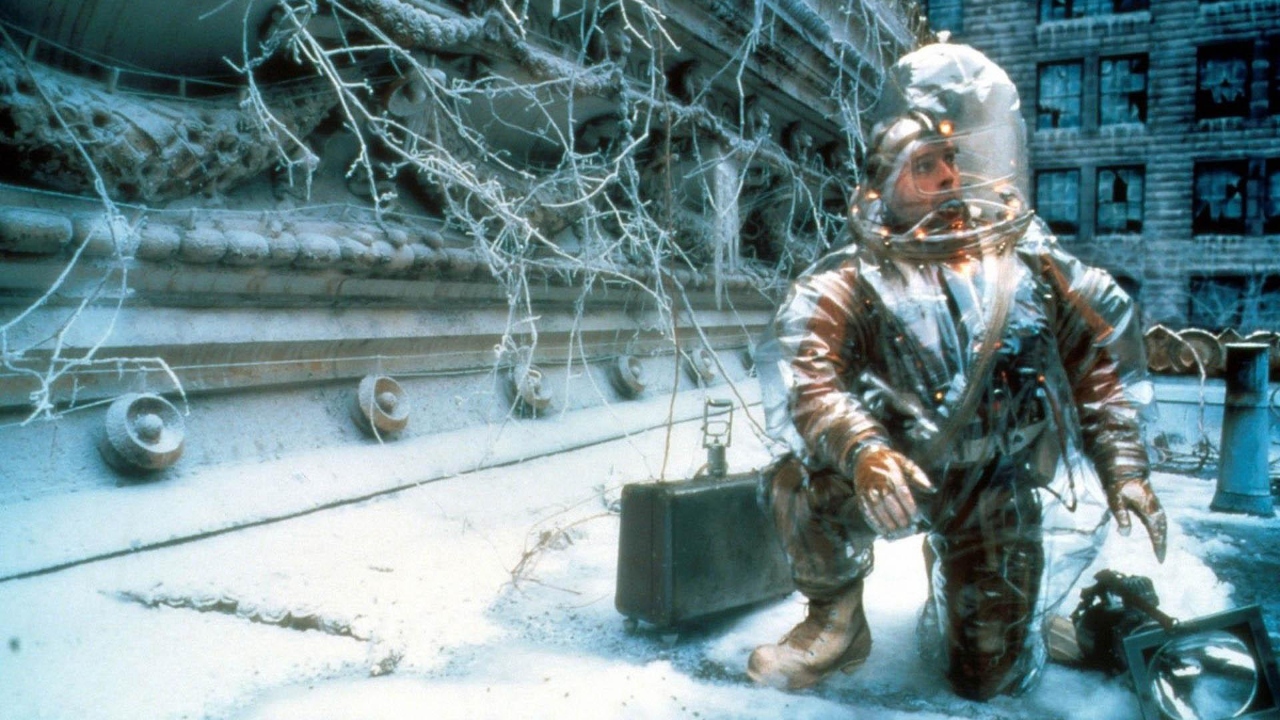
Terry Giliam’s Twelve Monkeys sees Bruce Willis’ convict James Cole sent back in time to uncover the source of a virus that has decimated mankind. The flicking back and forth between time periods is tricky to keep track of. Twelve Monkeys though, is at least easier to follow than La Jetée, the French experimental film that inspired it.
American Psycho (2000)
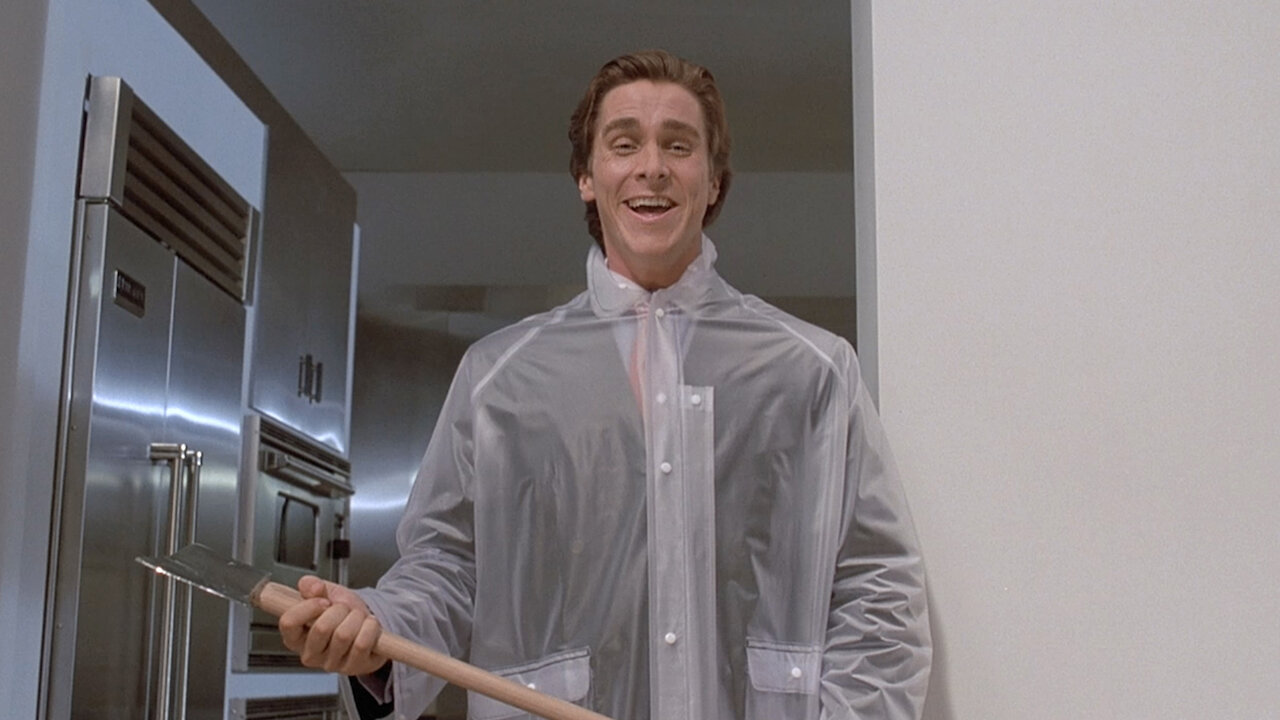
Directed by Mary Harron, American Psycho is an adaptation of the novel of the same name by Brett Easton Ellis. The story follows Patrick Bateman, an eighties yuppie who murders his rival, Paul Allen, and several women. Or does he? American Psycho can be read as Bateman both having executed or dreamt-up the dastardly crimes, with the ending left for the viewer to interpret.
Memento (2000)
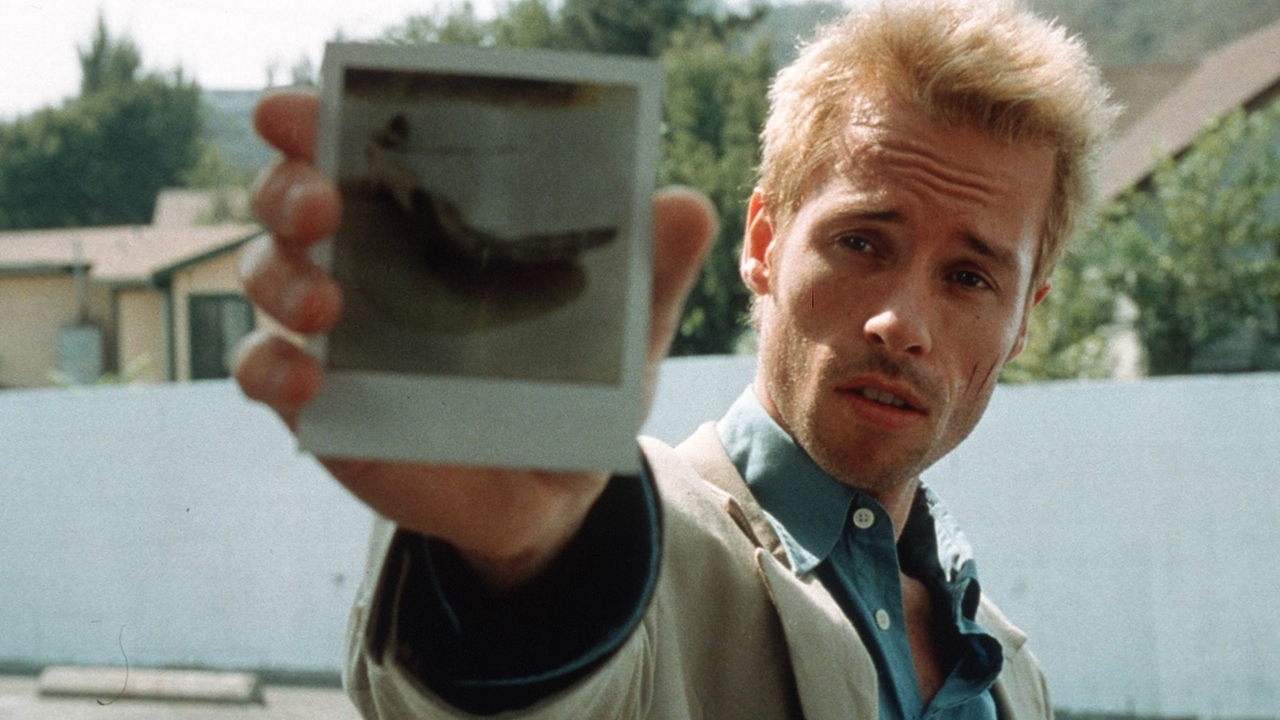
No matter the budget, Christopher Nolan is a director who likes to challenge the viewer. His movies often embrace mind-bending, with his 2000 film Memento being a perfect example. Told from the perspective of a very unreliable protagonist, Memento sees a man with short-term memory problems try to piece together the death of his wife.
The Mist (2007)
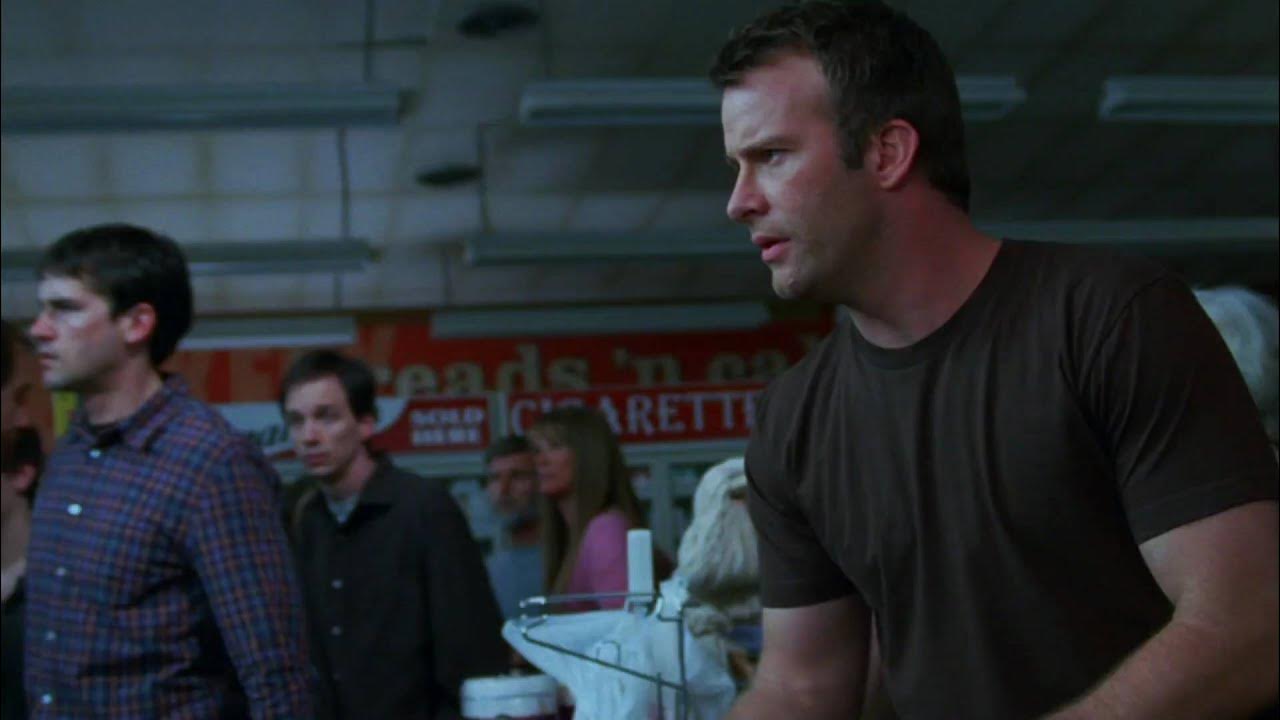
Based on the novella by Stephen King, The Mist has one of the bleakest endings in modern cinema history. Directed by Frank Darabont, The Mist sees residents of a small US town take shelter in a grocery store when a strange mist descends upon it. Within the mist lurk nightmarish creatures, whose origins are never fully explained, leaving some viewers upset about its ambiguity.
Dark City (1998)
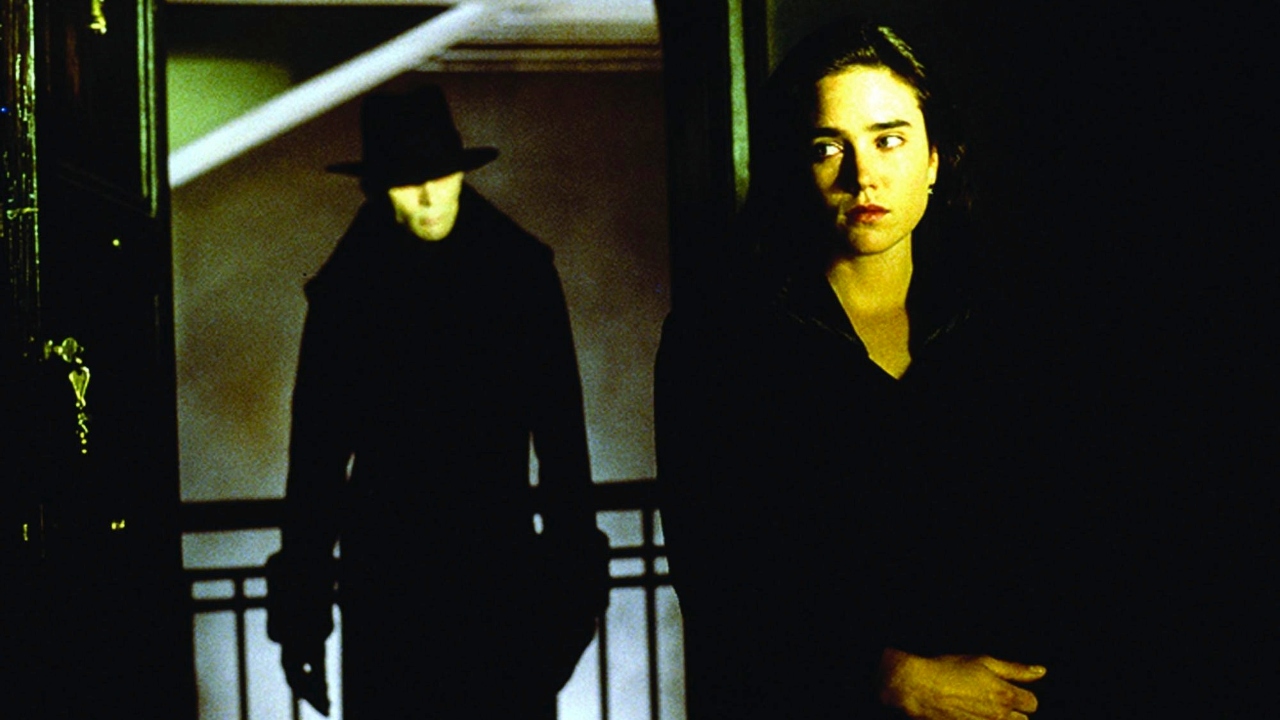
Alex Proyas’ Dark City is a film that deserves to have a larger audience. A big barrier however, may be its rather brain-aching narrative. The story follows an amnesiac who is wanted for the murder of his wife. His quest isn’t helped by the fact that each night, beings called The Strangers wipe the population’s memories and place them into entirely new lives.
Requiem for a Dream (2000)
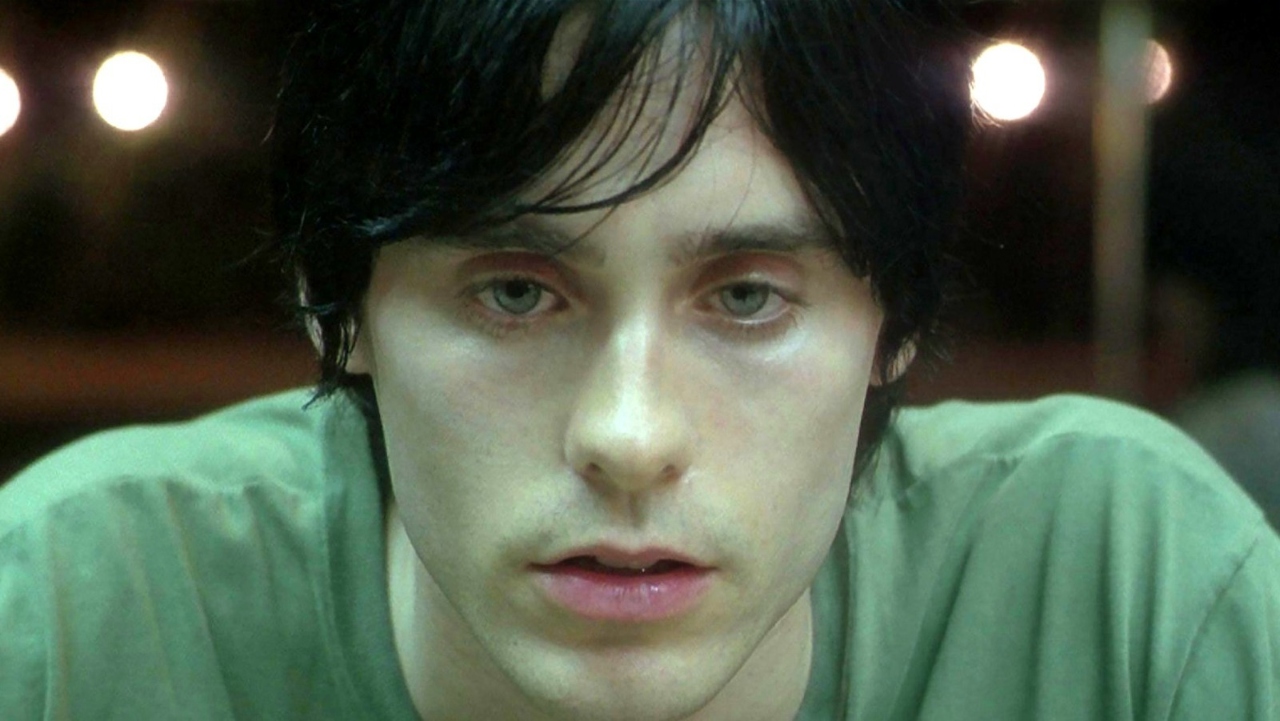
Requiem for a Dream is a movie that shouldn’t be ventured into without preparation. Darren Aronofsky’s sophomore directorial feature is a dark spiral into the world of drug addiction as it charts the downfall of a group of heroin addicts. With addicts as the protagonists, it is hard for the viewer to understand what is actually happening, and what is instead a hallucination.
eXistenZ (1999)
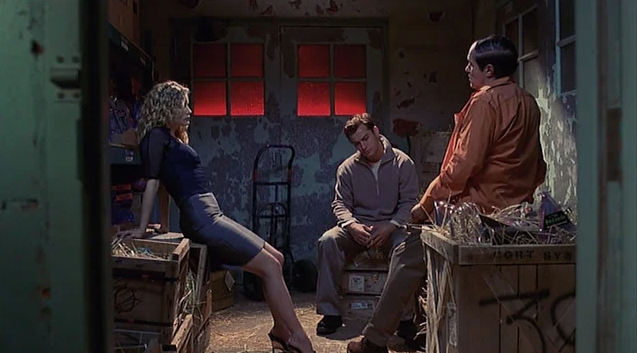
Director David Cronenberg has made a brand for himself based around twisted cinema. Almost all of his movies have a tricky element or two, but 1999’s eXistenZ is a mind melt from beginning to end. Set in the world of virtual reality gaming, eXistenZ blurs the lines between fact and fiction whilst providing plenty of icky body horror imagery with its unique game controller…
Vanilla Sky (2001)
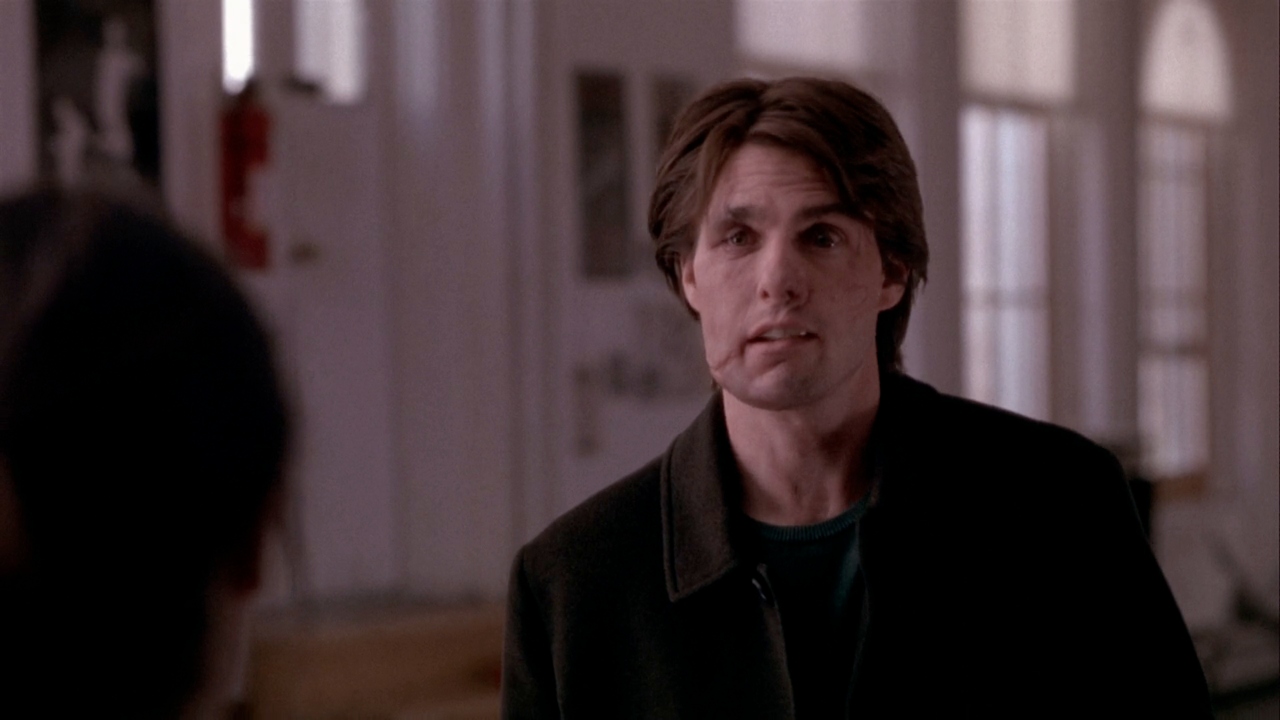
Vanilla Sky is an American adaptation of Alejandro Amenábar’s Open Your Eyes. It stars Tom Cruise as vain and privileged publisher David Aames who suffers facial scarring in a car accident, which leaves his life forever changed. The timeline constantly distorts, leaving it hard to pin down, and then an end reveal flips everything on its head leaving the viewer struggling to piece everything together.
Hard Candy (2005)
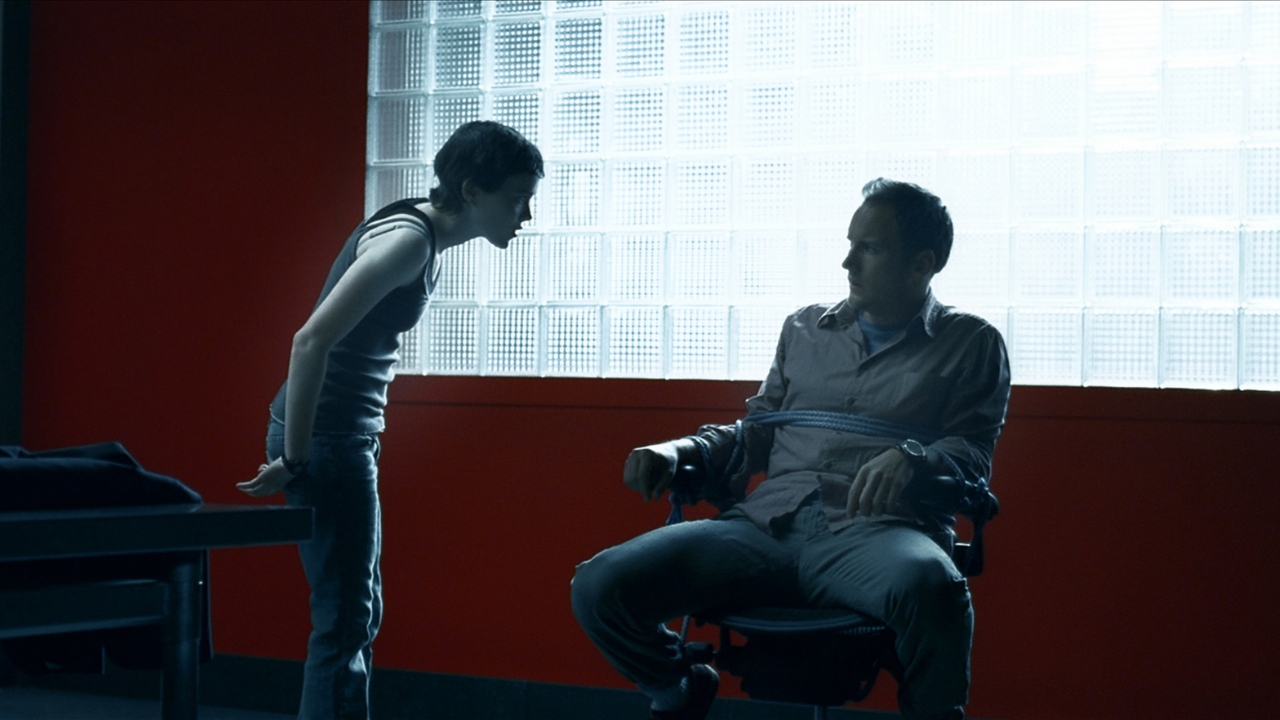
In Hard Candy, fourteen-year-old Hayley meets the thirty-two-year-old Jeff in a coffee shop after speaking online. The pair go to Jeff’s house where Hayley neutralizes him. Believing him to be both a paedophile and responsible for the death of a friend, Hayley seeks to punish Jeff and extract a confession for his crimes. Shades of gray leave the audience questioning exactly where the truth lies.
Oldboy (2003)
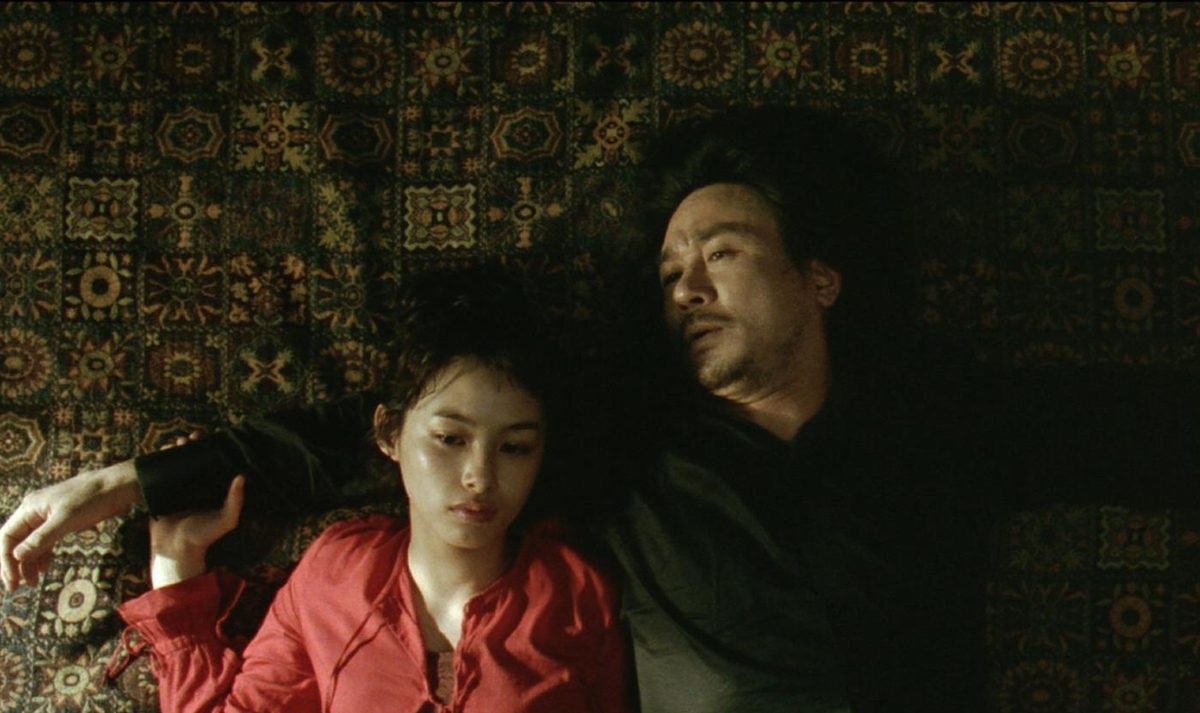
A film sure to put you off of your dinner, Oldboy is one of the best examples of modern foreign cinema. Dae-su is suddenly released after fifteen years of imprisonment, and given five days to find his captor. Along the way he falls for the young Mi-do whose real identity leads to some very questionable choices from Dae-su that leaves the viewer reeling, and an ending that still confuses viewers to this day.
Dead Man’s Shoes (2004)
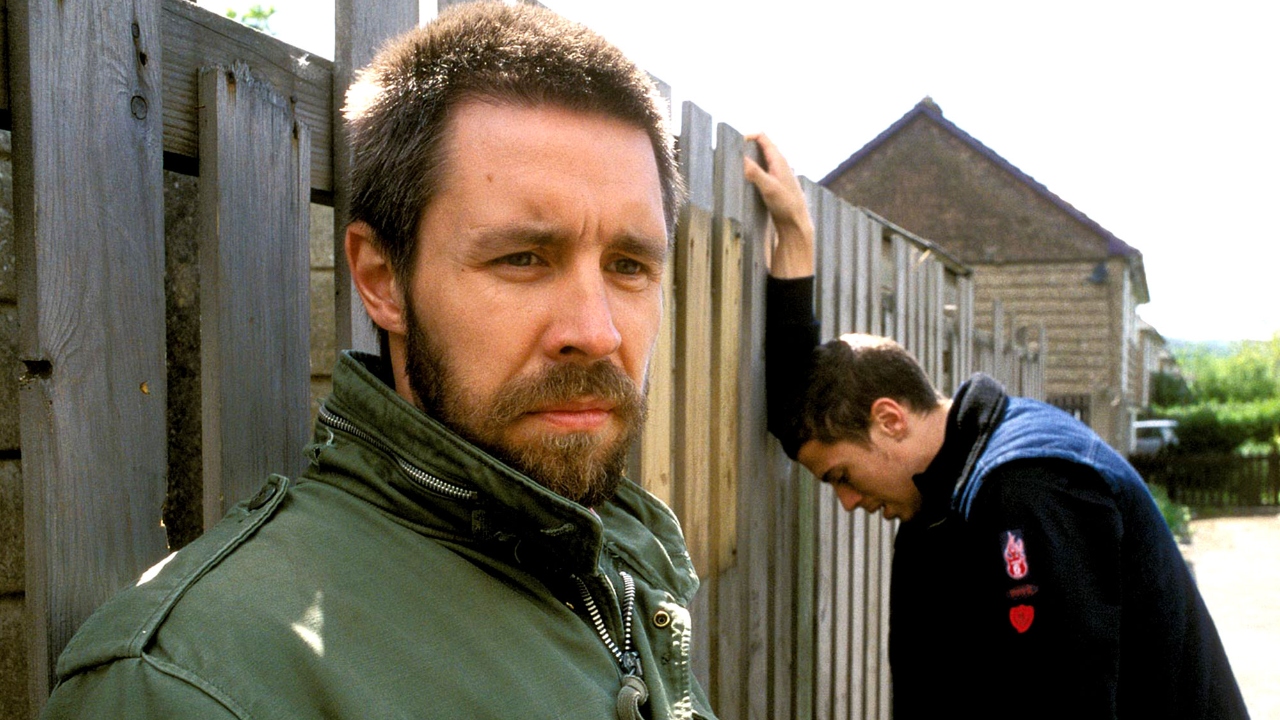
Set in the UK town of Matlock, Dead Man’s Shoes is an excellent psychological thriller. The plot has Paddy Considine’s soldier, Richard, return to his former home to seek brutal revenge for the abuse bestowed upon his mentally impaired brother. It is likely the twist revealed via flashbacks that makes this one tricky to follow, but compared to others, it is straight forward.
In the Mouth of Madness (1994)
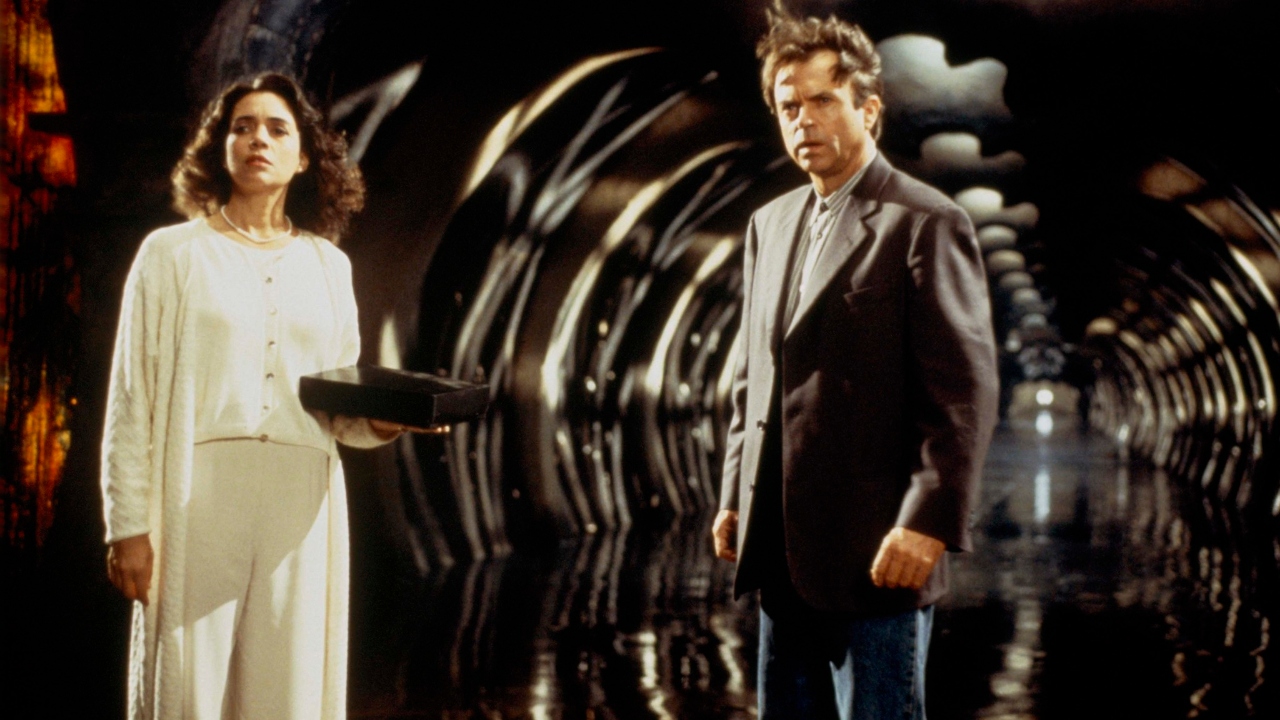
Author H. P. Lovecraft was renowned for his strange stories, and over the years, many directors have adapted his works. Of all his weird tales, In the Mouth of Madness is perhaps his most odd, with John Carpenter’s 1994 movie adaptation providing solid proof. Sam Neil stars as a man pushed to the brink of sanity as he investigates a popular horror writer.
Pink Floyd: The Wall (1982)
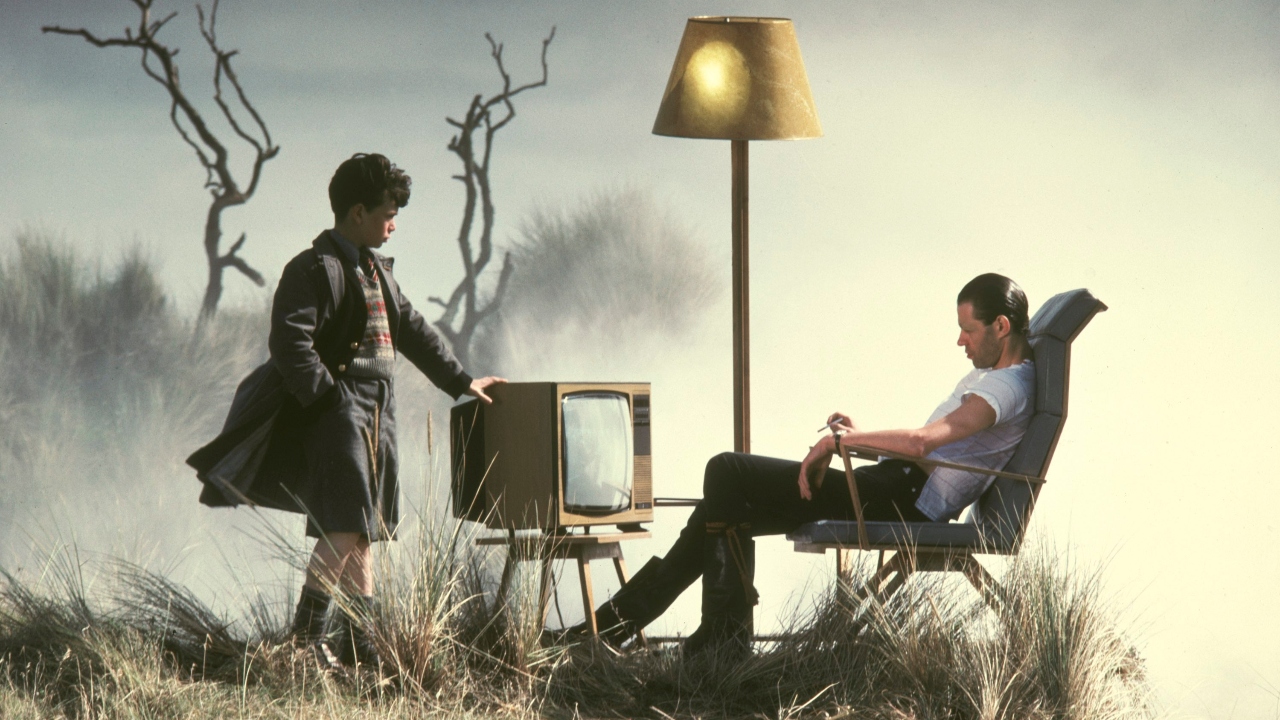
Alan Parker’s 1982 musical drama, Pink Floyd: The Wall is regarded by some as one of the best unintentional horror films made. Based on Pink Floyd’s 1979 album, The Wall, Parker’s film is an experimental nightmare exploring the pressures of stardom. Its free-flowing narrative structure is hard to follow for those preferring a more rigid form, and has led to regular confusion since its release.
Primer (2004)

When it comes to confusing films, it is hard to find one that hurts your head more than Primer. The low-budget science-fiction from Shane Caruth explores time-travel as two engineers accidentally create a time-machine. Writer and director Caruth studied mathematics and engineering and made the decision to create a film heavy on technical terminology and concepts that he purposely didn’t fully explain – cue headaches all round.
Total Recall (1990)
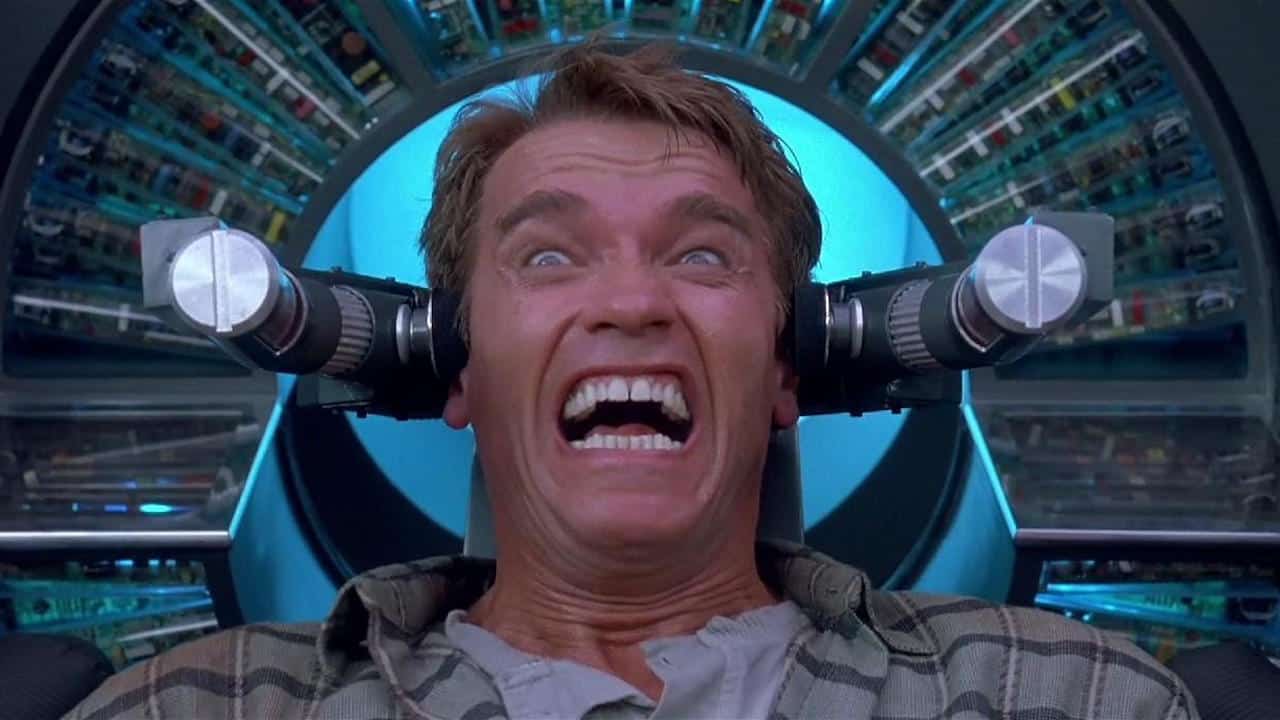
Based on the Philip K. Dick novel We Can Remember It for You Wholesale, Paul Verhoeven’s 1990 film, Total Recall, scrambled audiences’ minds upon release. Starring Arnold Schwarzenegger, Total Recall sees a virtual vacation memory implant go horribly wrong, leaving Schwarzenegger’s Quaid, and the viewer, questioning what is real and what is fantasy.
The Jacket (2005)
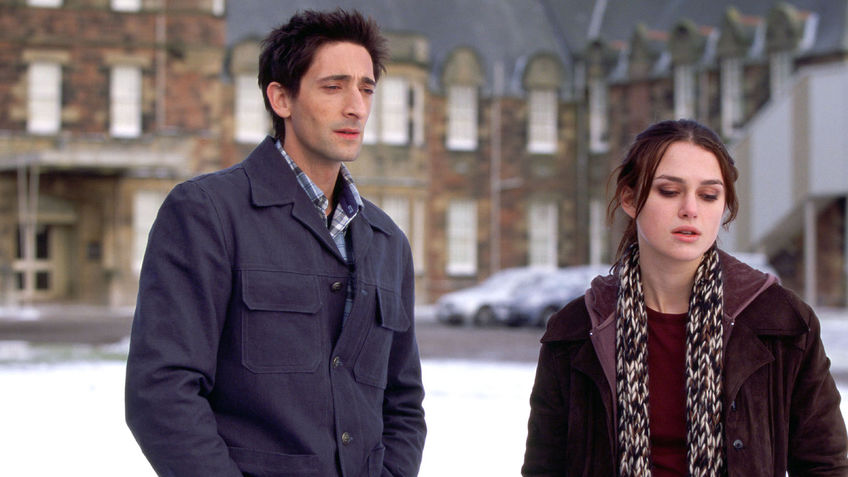
Time-travel films are often confusing. This is especially true when there is no DeLorean to travel in, or Doc Brown to explain the phenomenon in layman’s terms. The Jacket has neither, and instead leaves the watcher with a migraine as they try to piece together the fate of Adrian Brody’s Jack who begins to travel through time whilst trapped inside a casket.
Frailty (2001)
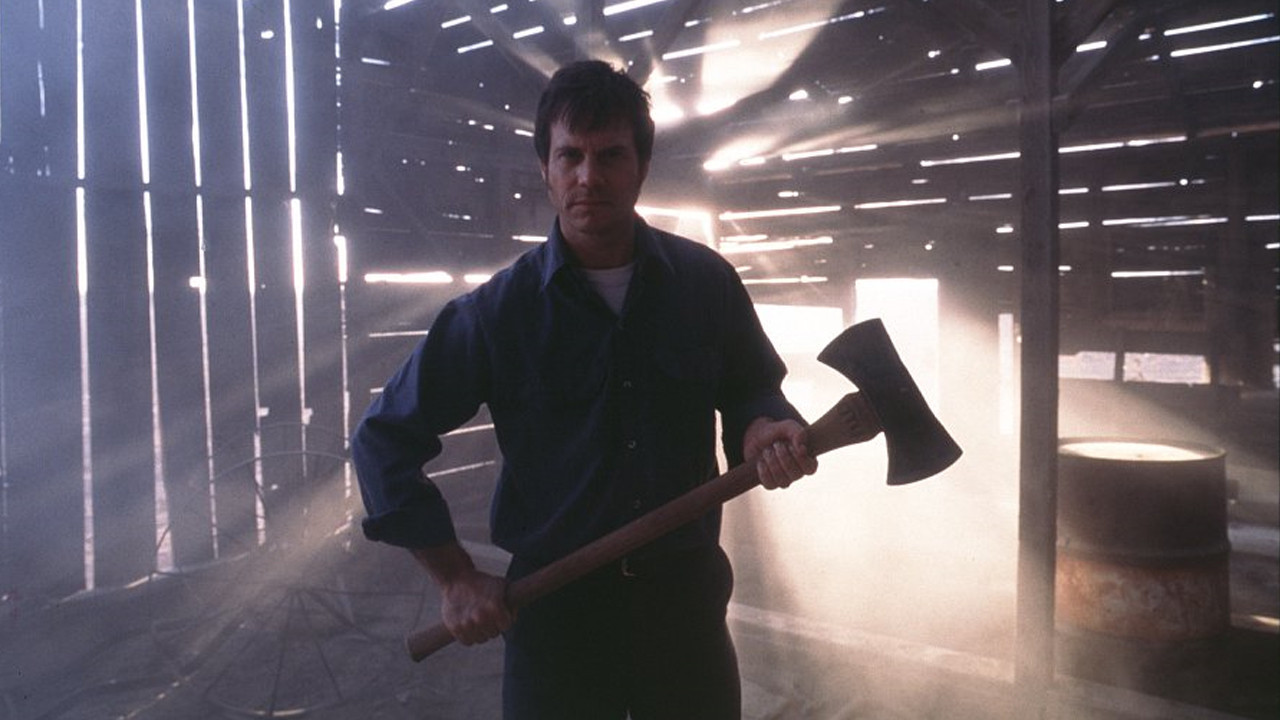
The late Bill Paxton is better known for his acting work, but he was also a director. His 2001 debut, Frailty, is criminally underseen. The film recounts the story of a man raised by a father who believed he was receiving holy visions that encouraged him to destroy people who were actually ‘demons’. The debate around the validity of the visions is an intriguing enigma.
Waking Life (2001)
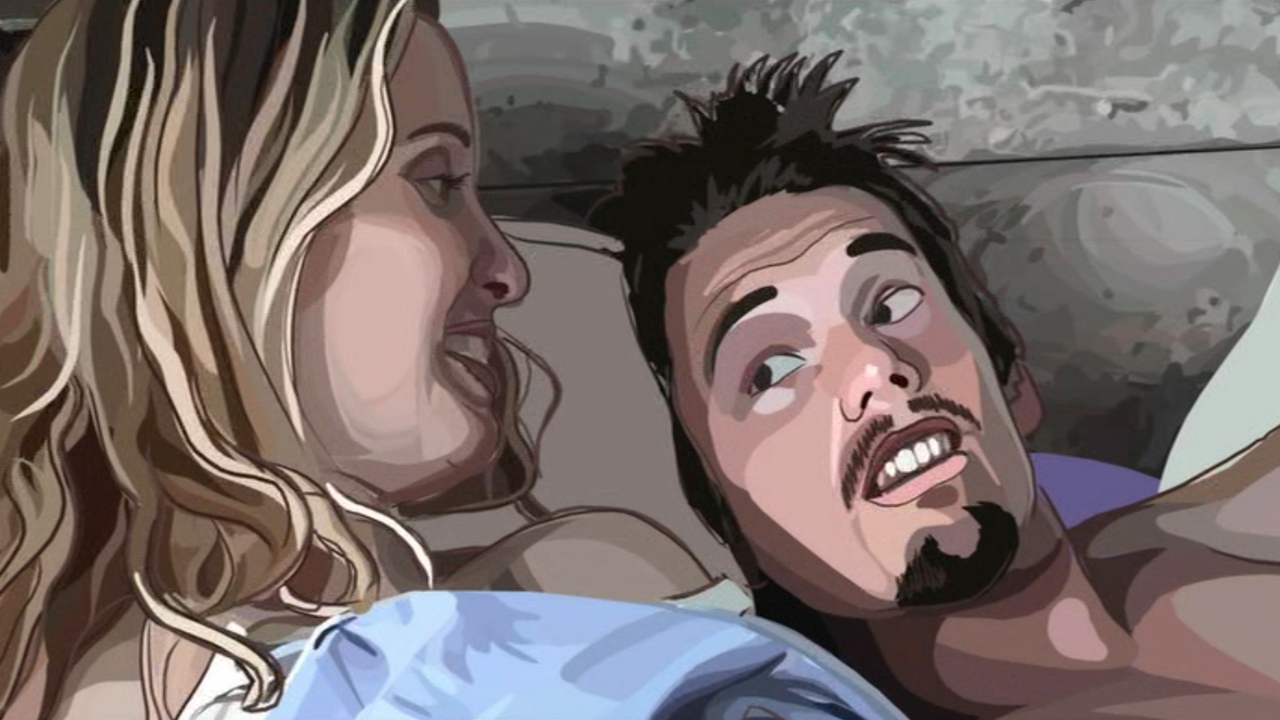
Dreams are one of nature’s most confusing occurrences. Even after years of study, scientists are unsure how dreams work. It stands to reason then that an easy way to manifest a confusing film is to set one within a dreamscape. This is exactly what director Richard Linklater did with his 2001 film Waking Life which follows a man shuffling through a dream meeting various people.
Eraserhead (1977)
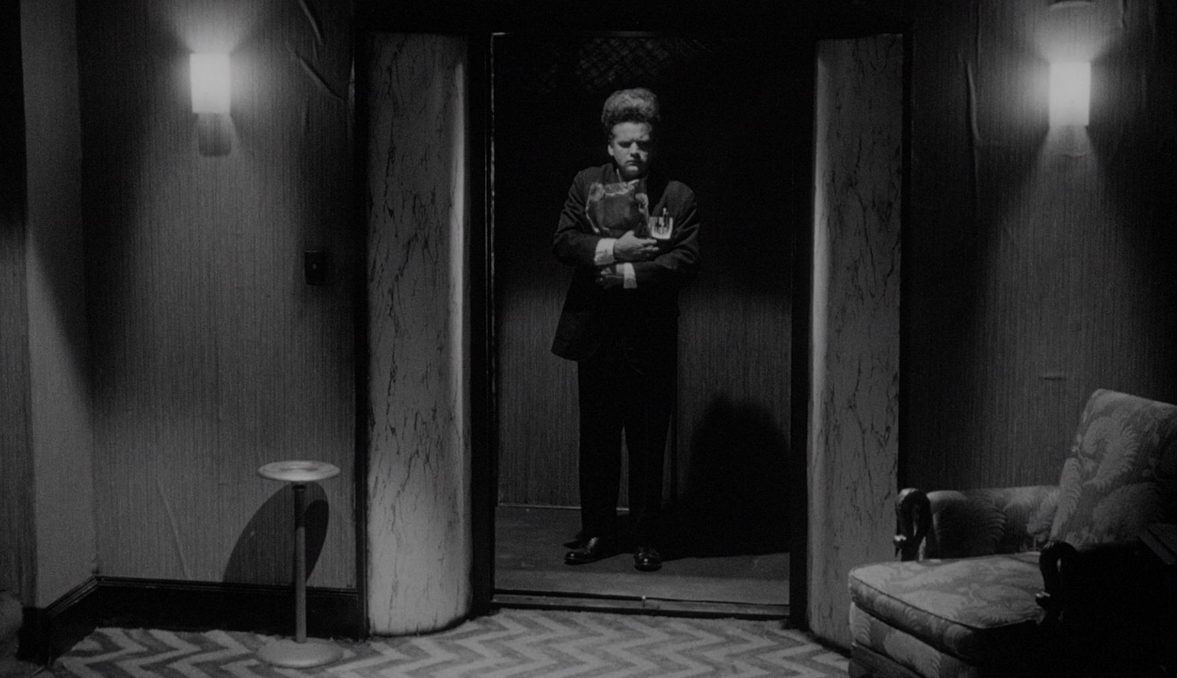
Right from his feature debut, Eraserhead, David Lynch asserted himself as the voice of the unusual. The experimental, surreal body-horror film is hard to fully describe without sending oneself mad. Eraserhead follows Henry Spencer who finds himself battling an industrial environment, an angry girlfriend, and his new-born mutant ‘child’.
The Devil’s Advocate (1997)
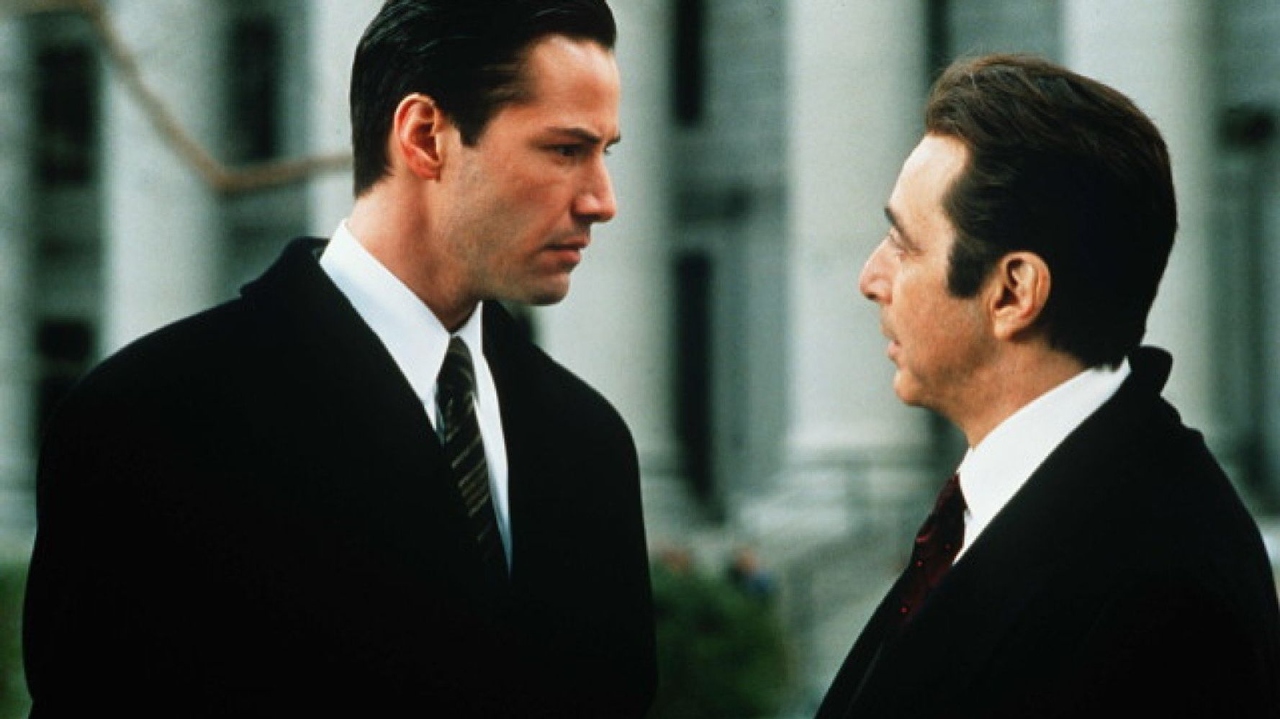
Upon release, it was a bit of a mystery why acclaimed actor Al Pacino agreed to star in the ill-received The Devil’s Advocate. The answer to that conundrum is that fellow star Keanu Reeves sacrificed a chunk of his own salary to tempt Pacino onto the project. The tide has now changed, with audiences embracing the movie’s plot-hole riddled camp Faustian story.
Donnie Darko (2001)
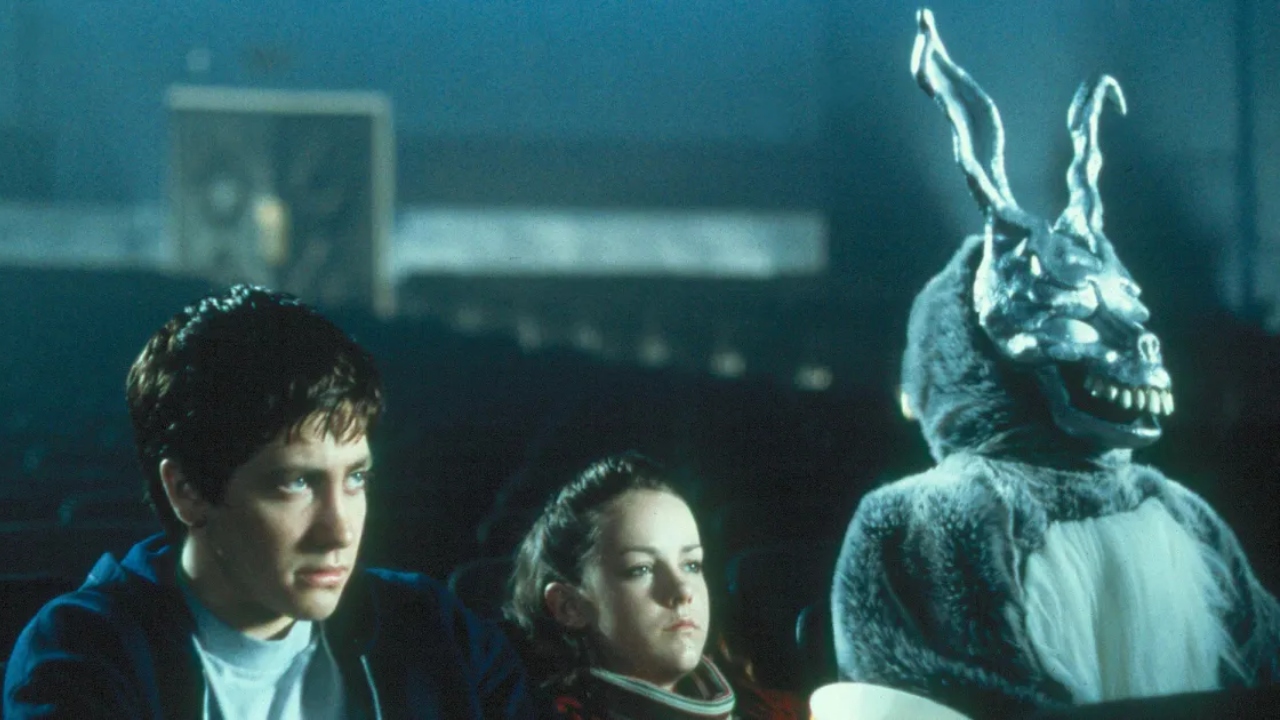
Richard Kelly’s debut feature, Donnie Darko, is a modern masterpiece. Set during 1988, Donnie Darko is an elegantly complex tale involving wormholes, a giant bunny rabbit, and a killer performance from a young Jake Gyllenhaal. Both a coming-of-age and time-travel story all at once, Donnie Darko left viewers floored by its bittersweet ending, for which a significant percentage of the population required post-viewing explanation.
Barton Fink (1991)
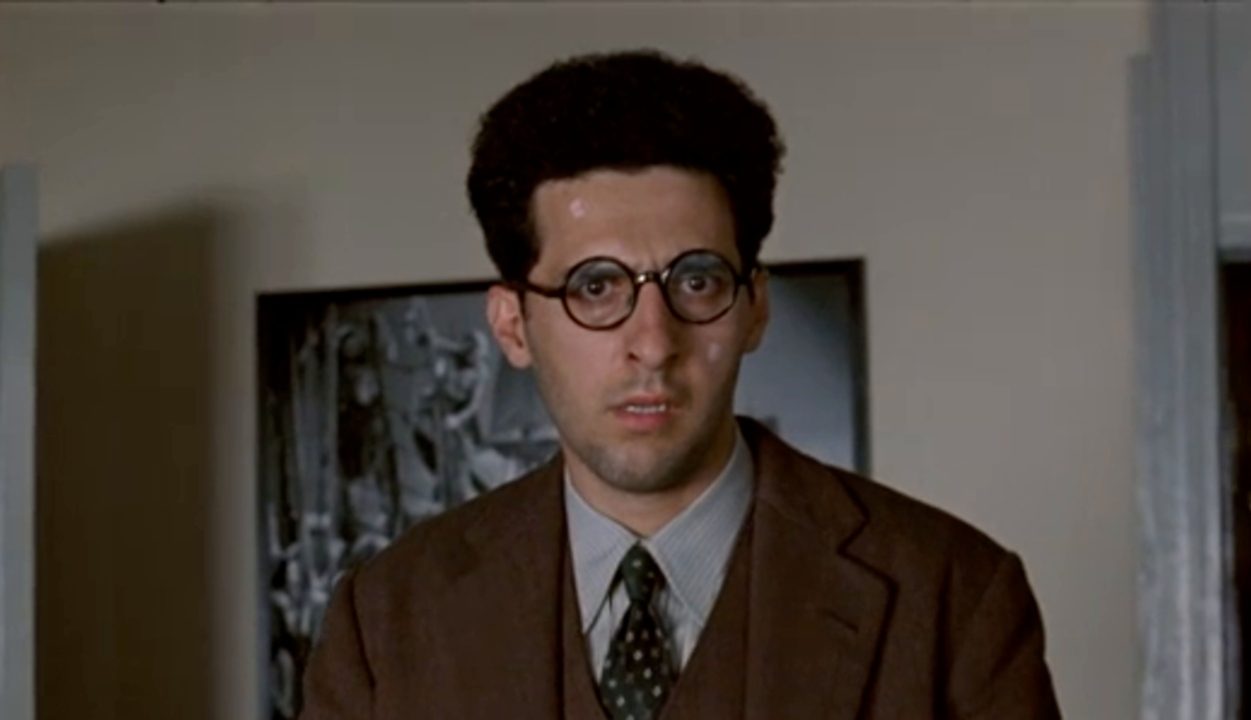
Ethan and Joel Cohen, aka The Cohen Brothers, have made a career out of making eye-catching and thought-provoking movies. Their 1991 film, Barton Fink, stretches the gray matter more than most with its twisty and symbolism laden story of a 1940’s New York playwright who moves to Hollywood and discovers the true Hell of the industry.
The Fountain (2006)
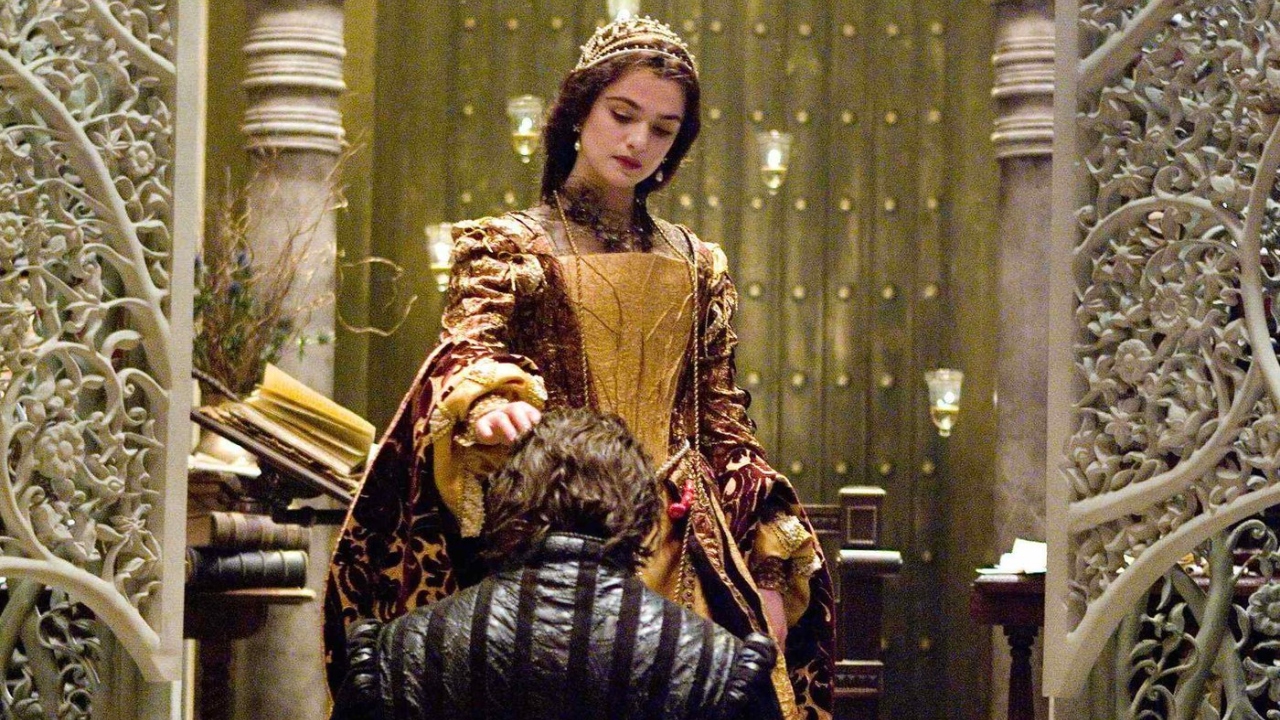
Darren Aronofsky is another director who has made a career out of the confusing. Whereas Requiem for a Dream blurred the lines between hallucination and reality, 2006’s The Fountain breaks concepts of time. Hugh Jackman stars as a scientist searching to save the life of his cancer-stricken wife. His search crosses time and trying to keep up becomes a full-time job for the viewer.
Being John Malkovich (1999)
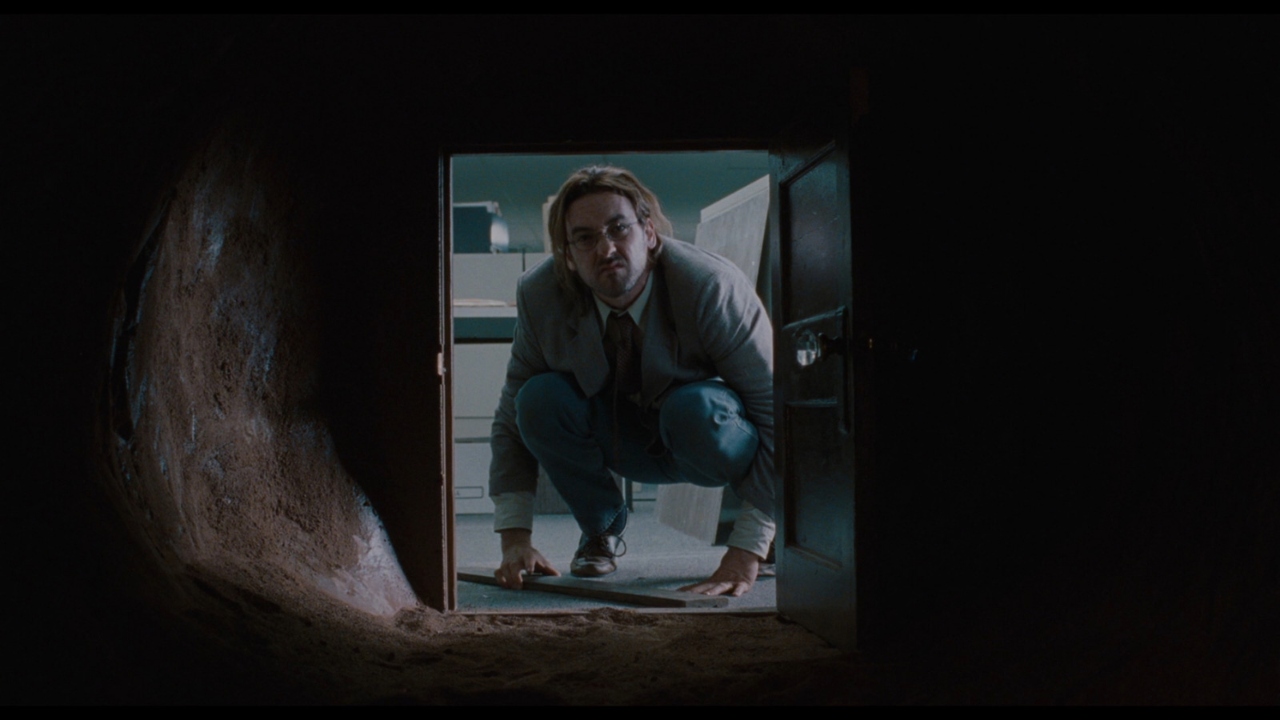
In Being John Malkovich, a man discovers a portal into the mind of famed actor John Malkovich in his new office space. After fifteen minutes inside the actor’s head, the voyeur is spat out onto the New Jersey Turnpike. It’s a strange premise for a movie, and one that takes some mental acrobatics to keep up with.
The Machinist (2004)
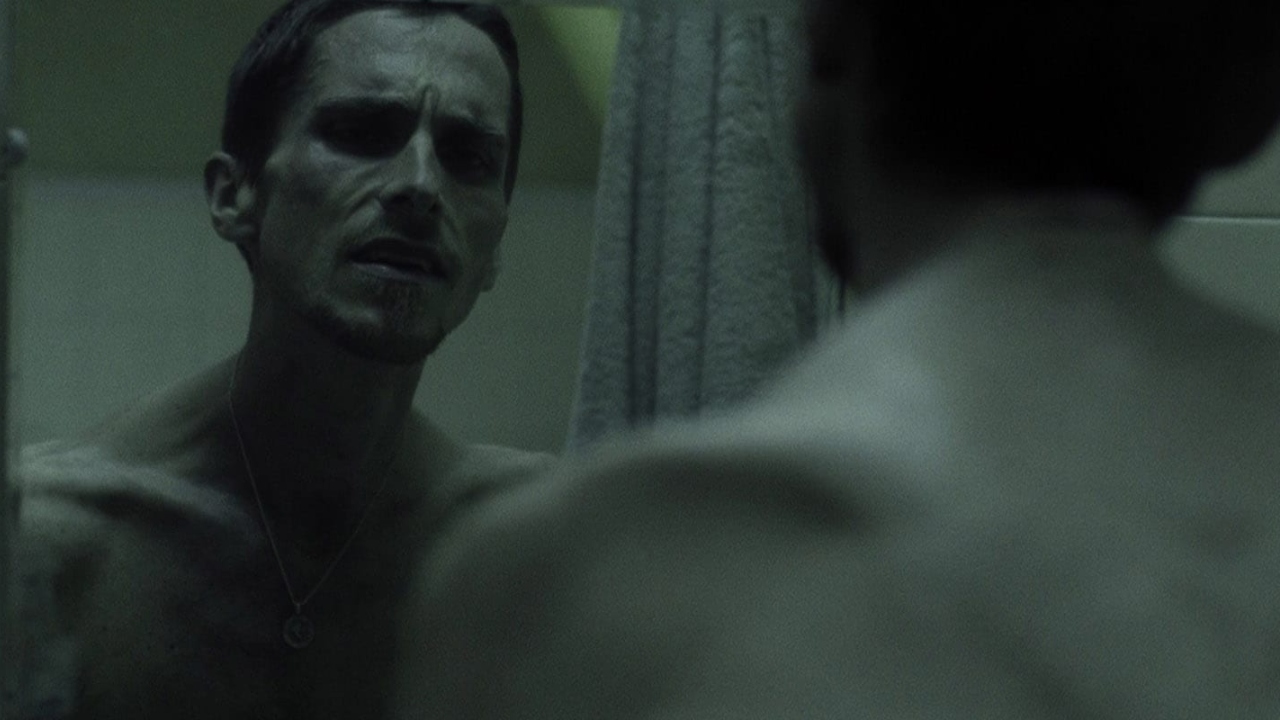
Christian Bale has always been an actor who fully commits to his roles. This has never been more true than when he starred in 2004’s The Machinist. The actor shed a dangerous record-breaking 63 pounds for the role of Trevor Reznik, an insomniac industrial worker who begins questioning his sanity after a year of no sleep.
The Thirteenth Floor (1999)
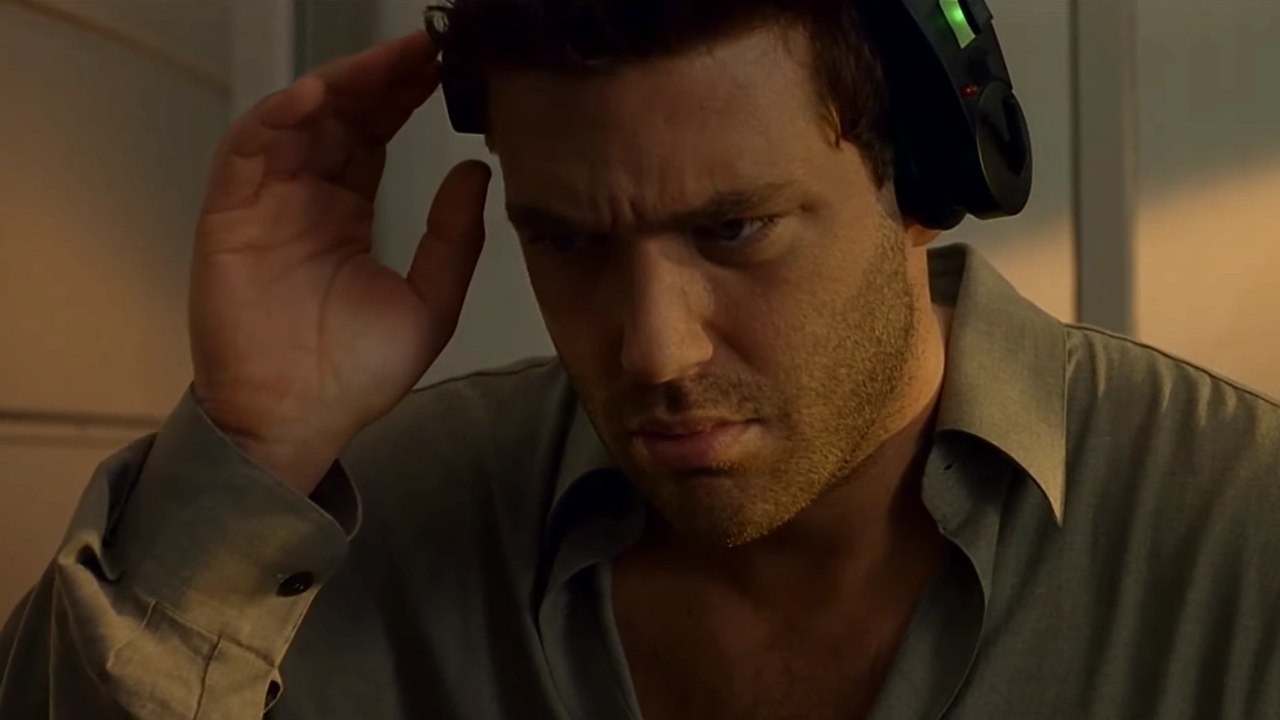
In The Thirteenth Floor, a computer scientist running a virtual reality simulation becomes the prime suspect after his colleague is murdered. The evidence against him is so convincing that even he begins to question his innocence. It is the abrupt ending that has most viewers clutching their heads in confused despair, as well as its thematic parallels with fellow 1999 release, The Matrix.
Identity (2003)
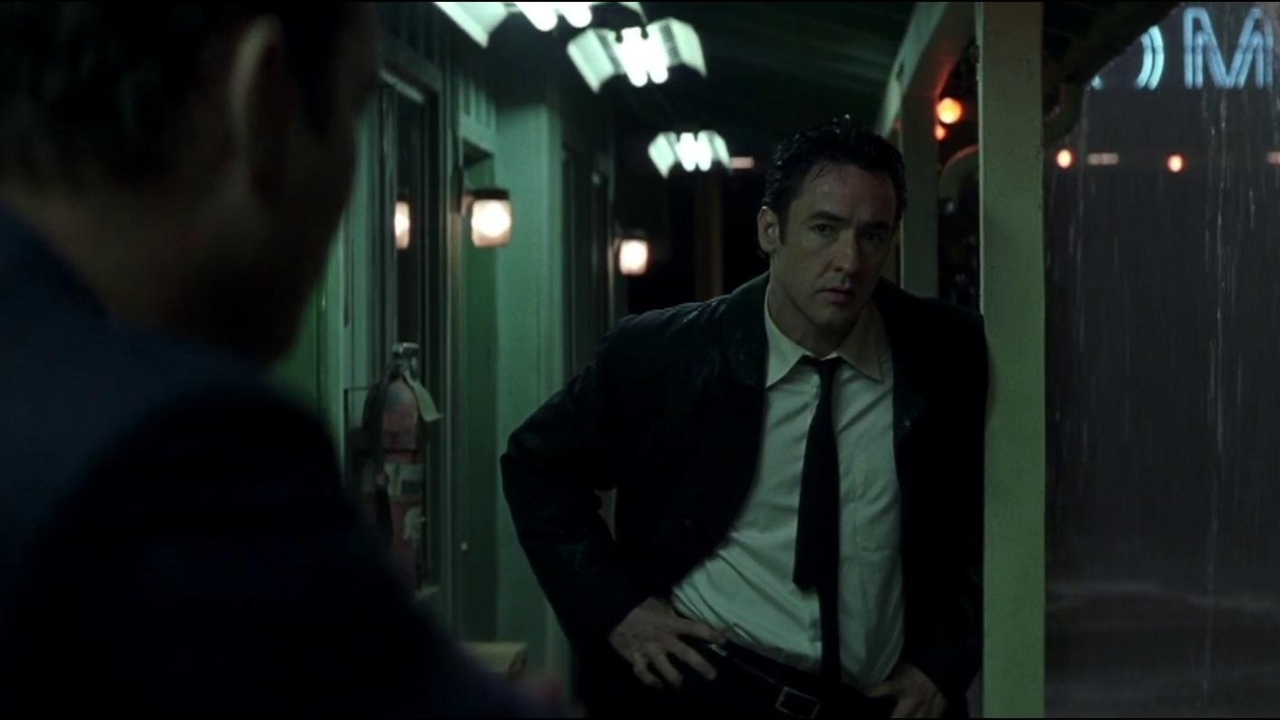
James Mangold’s film, Identity, is a tricky, almost Hitchcockian tale. Set in a desolate motel during a storm, the story sees ten strangers forced into each other’s lives. As their number begins to deplete, they realise that someone, or something, is picking them off one-by-one. The reality of the scenario is deviously clever, and seems to have flummoxed some viewers.
The Usual Suspects (1995)
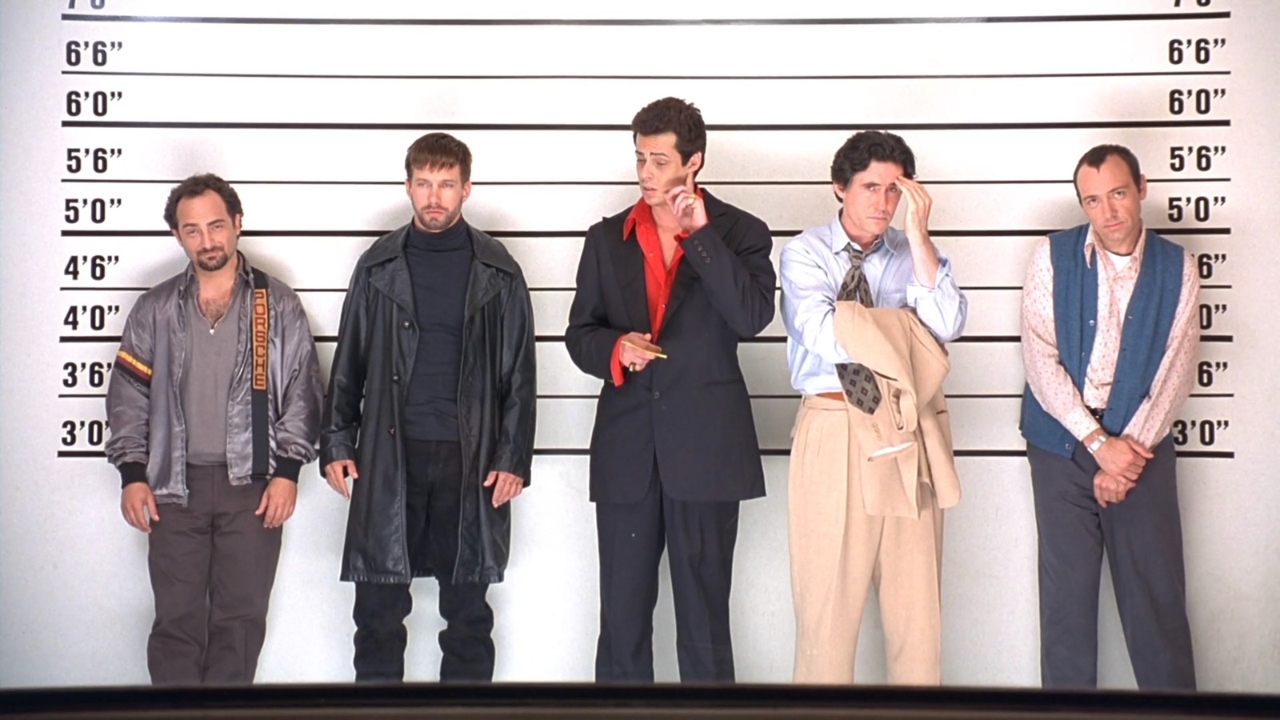
Bryan Singer’s crime thriller, The Usual Suspects, has one of the greatest final reveals in movie history. The whole film revolves around the identity of Keyser Söze, but even with its greatest trick is revealed, audiences still remain confused as to who, or what, Keyser Söze is.
Eternal Sunshine of the Spotless Mind (2004)
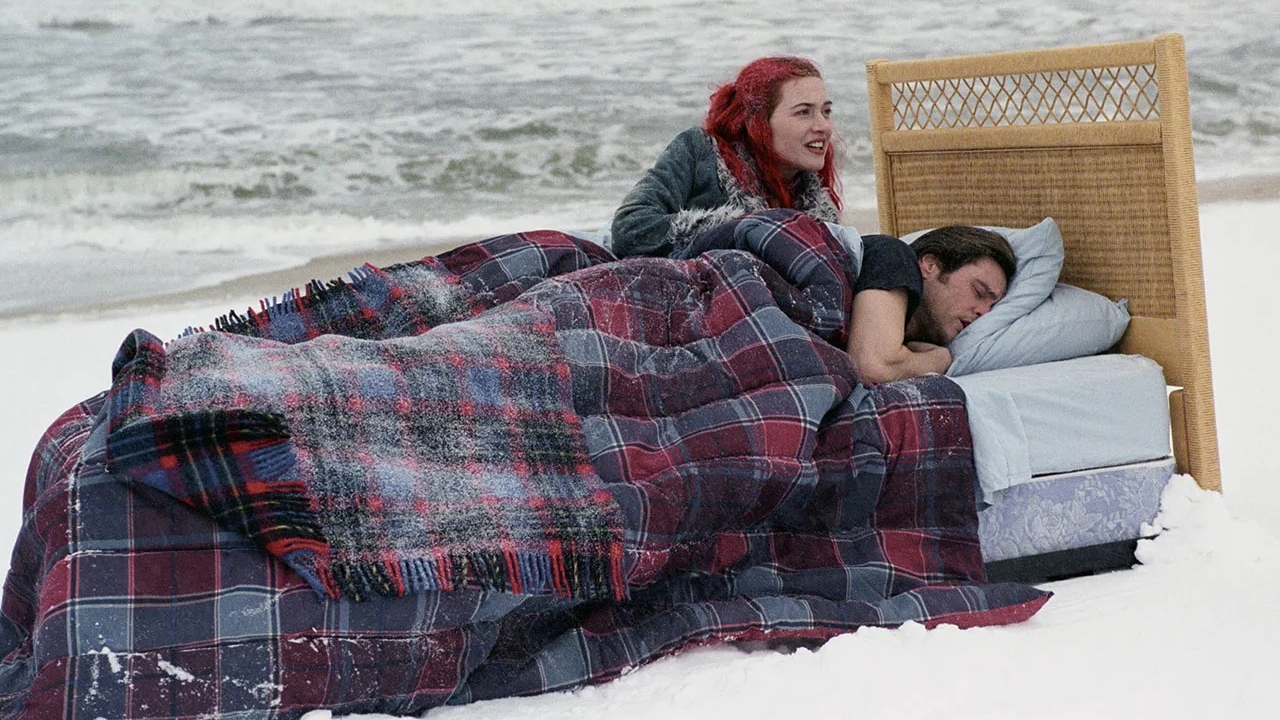
After making a name for himself with his experimental music videos for bands such as Björk and The Chemical Brothers, director Michel Gondry moved into feature films. All his movies retain elements of his quirky music video past, with Eternal Sunshine of the Spotless Mind the shining and confusing jewel in the crown.
Event Horizon (1997)
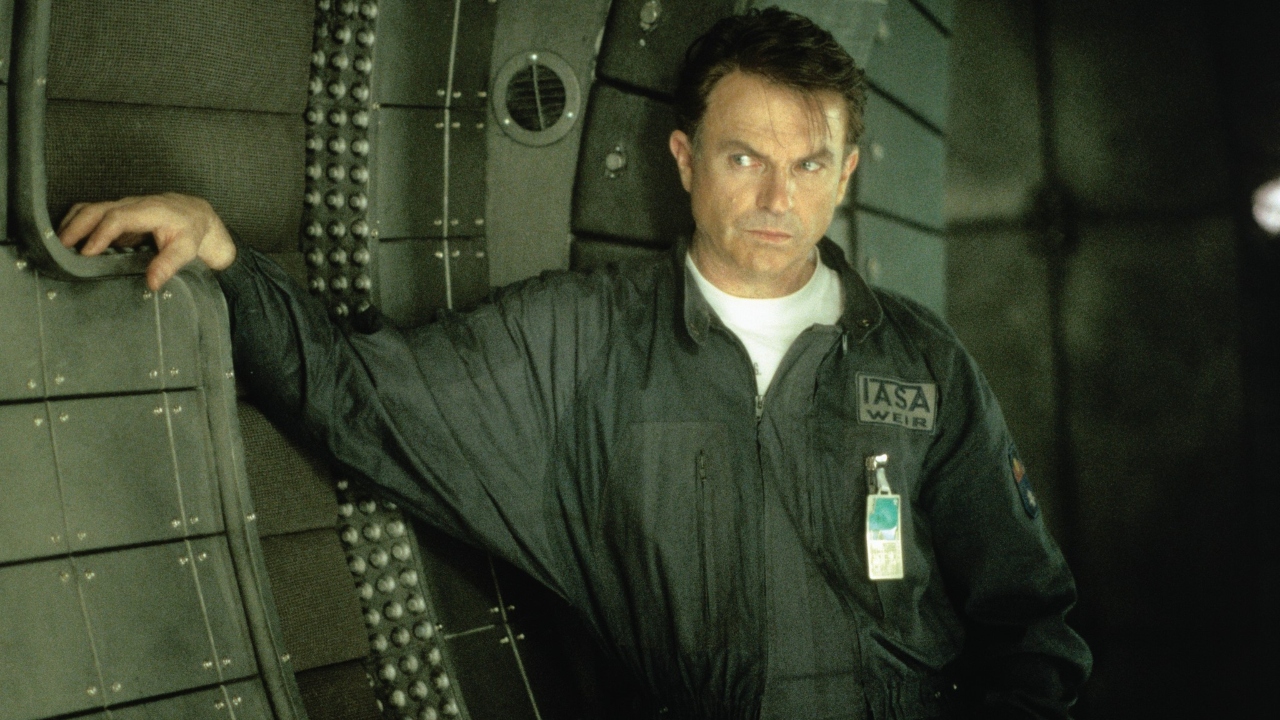
Although often ridiculed for his movies, there is no denying that Paul W. S. Anderson’s Event Horizon is a nasty slice of sci-fi horror. Set in deep-space, Event Horizon joins a crew of astronauts as they attempt to rescue the crew of the missing Event Horizon. They find the ship, and also a portal to Hell, which is still confusing viewers twenty-five years later.
Unbreakable (2000)
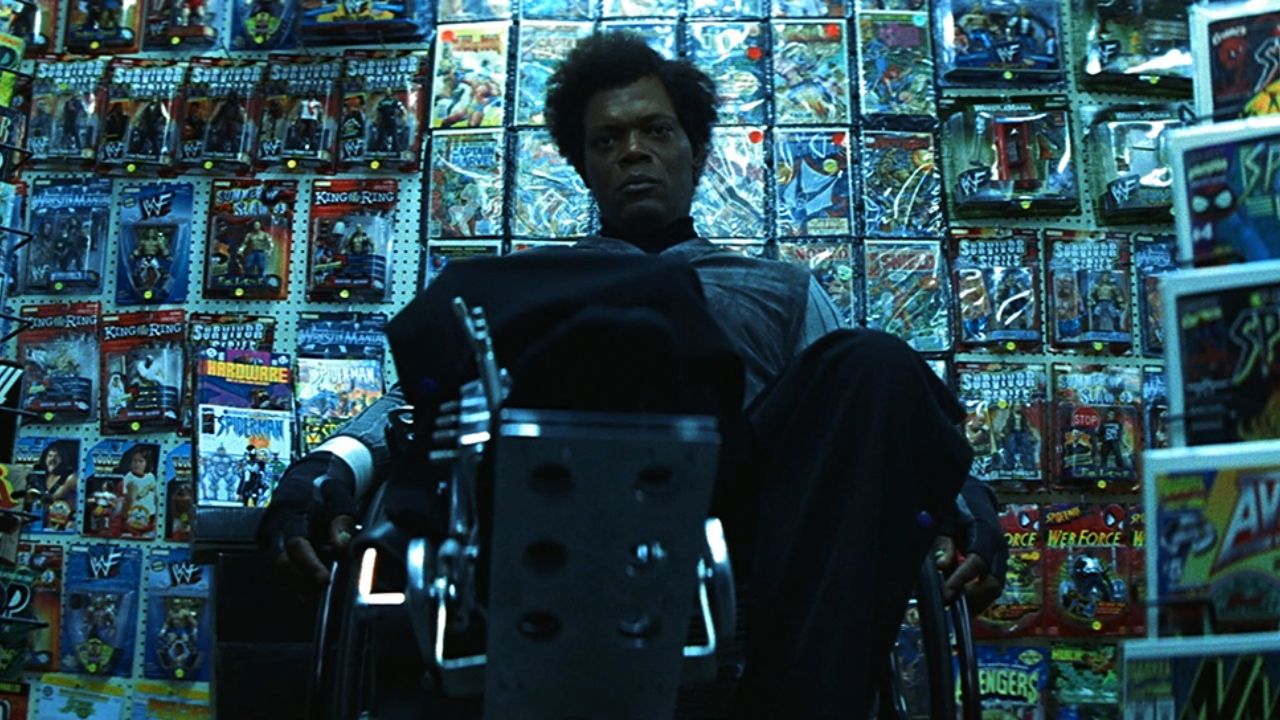
Thanks to The Sixth Sense, M. Night Shyamalan is a filmmaker known for his twist endings. However, his follow-up project, Unbreakable, also managed to confuse viewers with its different take on the superhero story. Unbreakable follows David Dunn who begins to question his abilities in the wake of a tragic accident.
Tetsuo: The Iron Man (1989)
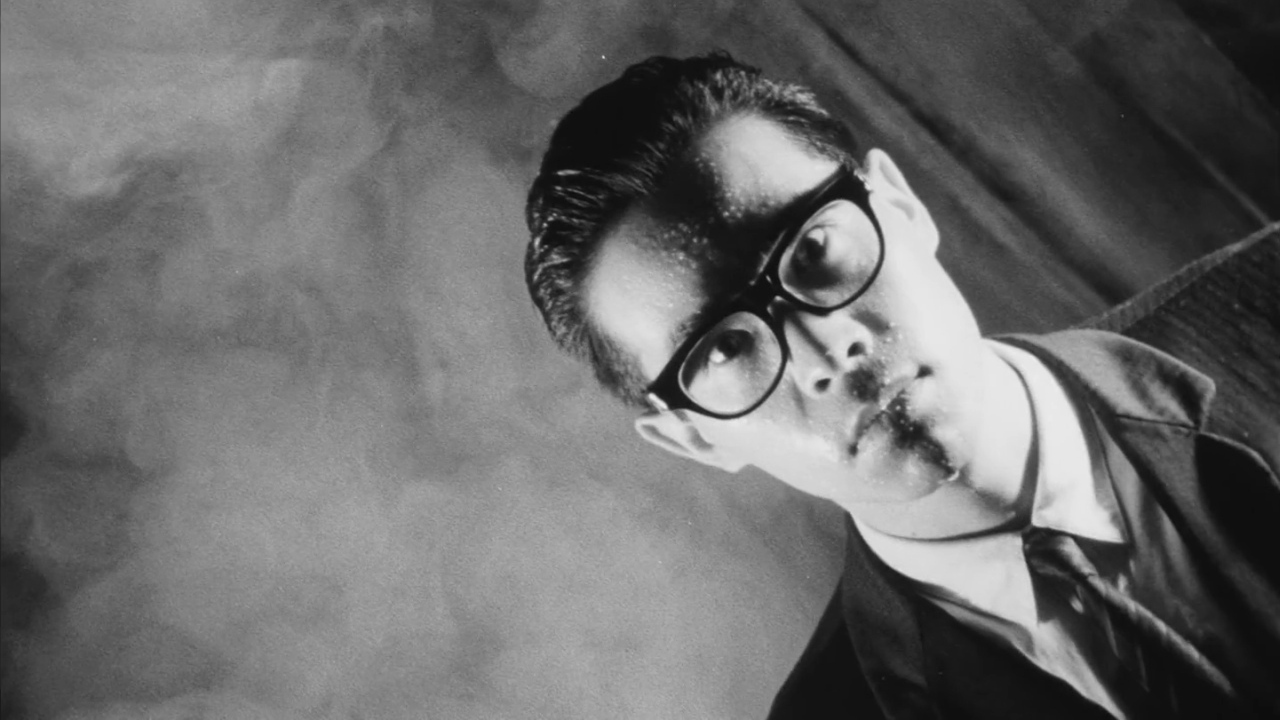
Whilst American movies can be pretty tame, foreign cinema is far better at embracing the strange. Never has this been more true than in Shinya Tsukamoto’s cyberpunk epic, Tetsuo: The Iron Man. The story is brilliantly insane and chronicles an ordinary man as he becomes more machine than man. A movie only for those in sync with Japanese experimental film; normies need not apply.
Blade Runner (1982)
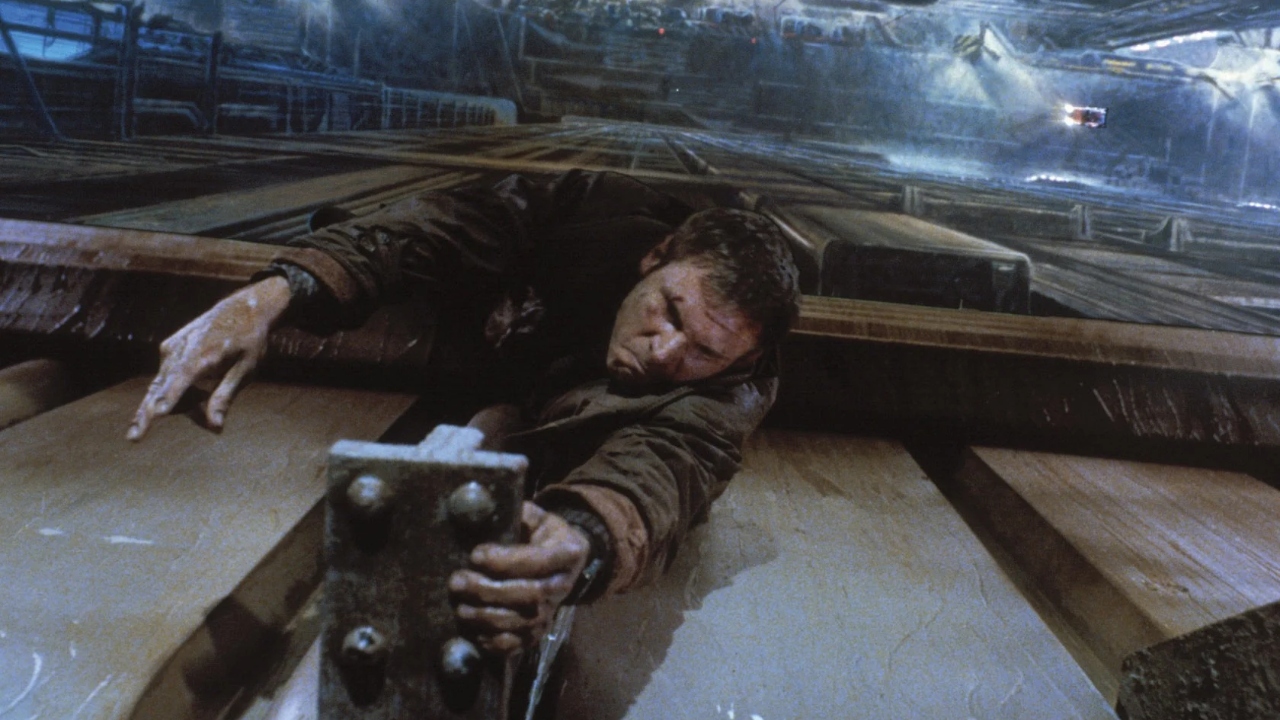
Easily one of Ridley Scott’s best films, Blade Runner also remains his most enigmatic. Whilst many movies from the British director are neatly sewed up, Blade Runner left one of cinema’s biggest questions unanswered. That question was whether Deckard, a man brought in to capture a group of radicalised replicants, was a replicant himself.
The Nines (2007)
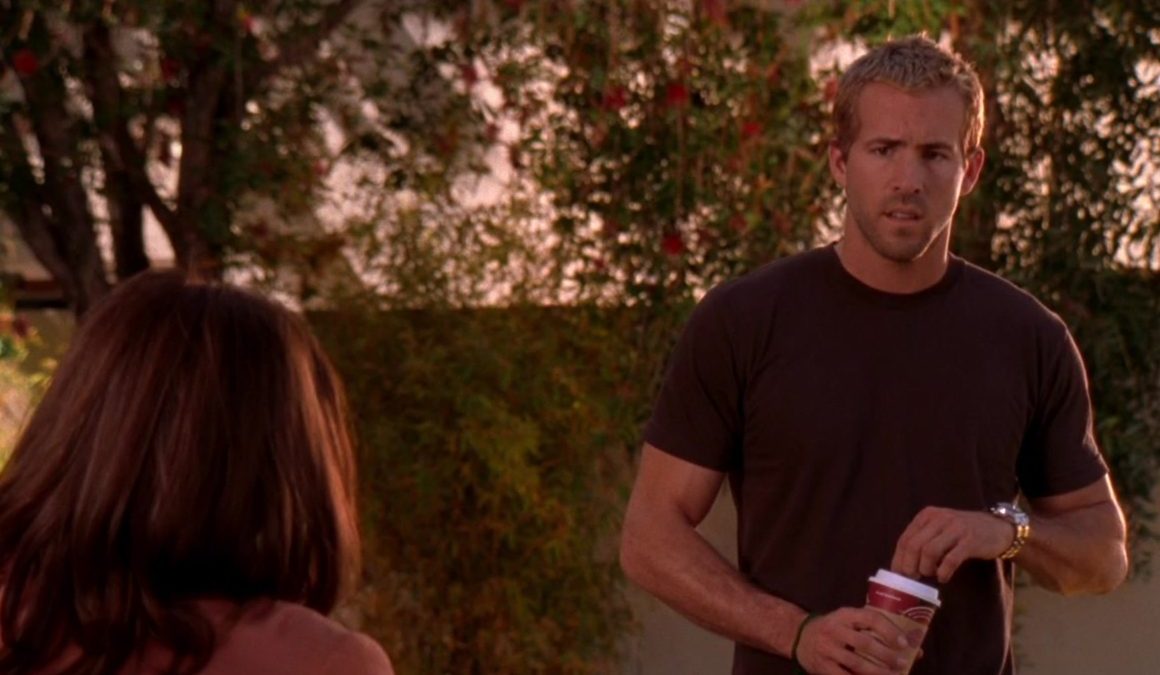
Before Ryan Reynolds got sucked into the Hollywood machine, he made some very quirky independent movies. Of these, The Nines was the weirdest. Reynolds stars as three different men: an actor, a writer, and a video-game designer, who investigate the strange happenings in their – occasionally overlapping – lives. A science-fiction headache, The Nines will blow the mind of anyone expecting another typical Ryan Reynolds vehicle.
Session 9 (2001)
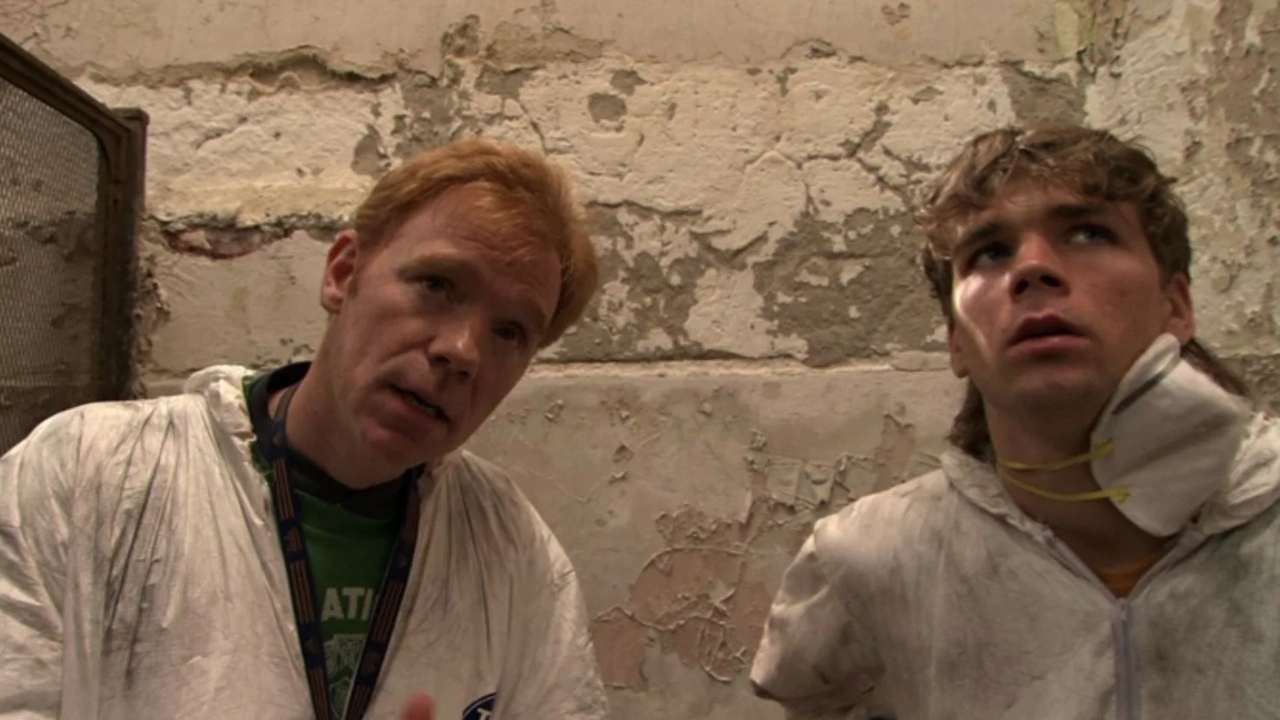
Three years before he would twist reality in The Machinist, director Brad Anderson released Session 9. Set in an abandoned former psychiatric hospital, a four-man team arrives, tasked with removing asbestos. Over the course of a week-long period, the men unravel Session 9 in strange ways. An atmospheric and tense horror thriller, Session 9’s somewhat strange conclusion left some questioning what they had been watching.
Cube (1997)
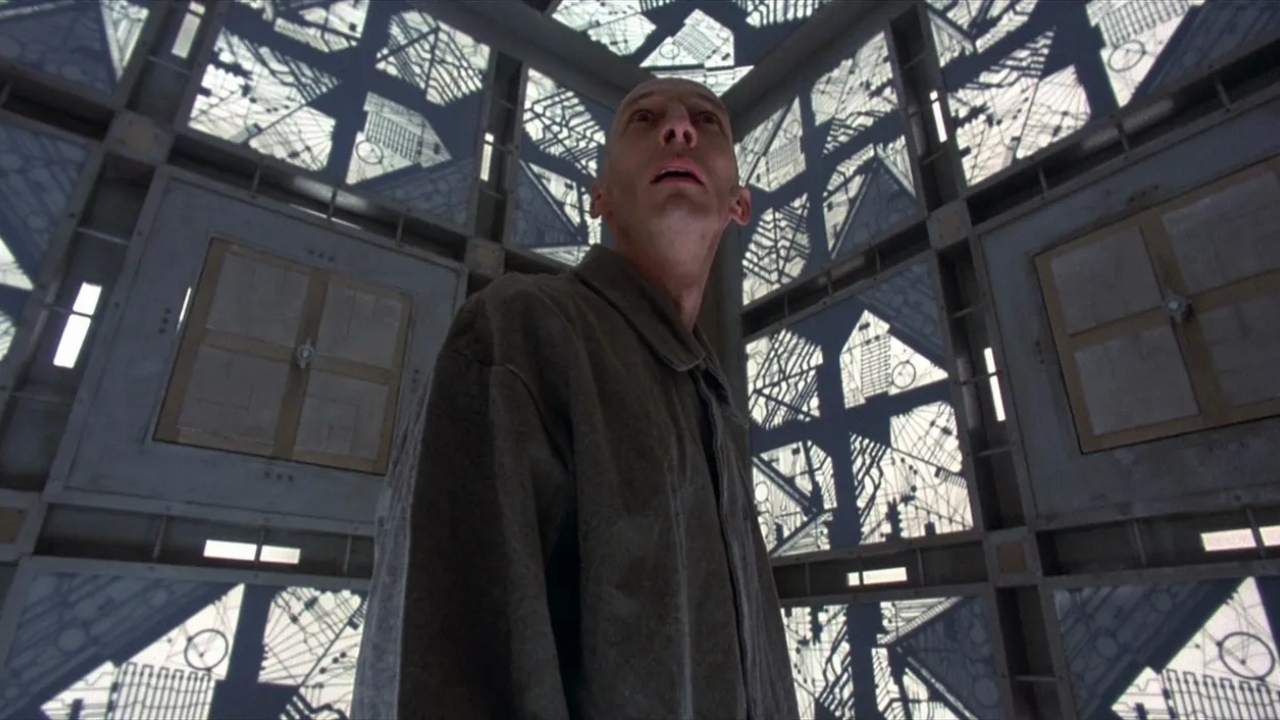
In Vincenzo Natali’s debut feature, Cube, six strangers awaken inside a cube-like labyrinth filled with booby traps. A precursor to Saw, Cube presents a gleeful mixture of psychological and physical torment. The most frustrating aspect of Cube is that it ends without proper resolution. An answer to the puzzling cliff-hanger was attempted in both the sequel and prequel, with varying results.
The Butterfly Effect (2004)
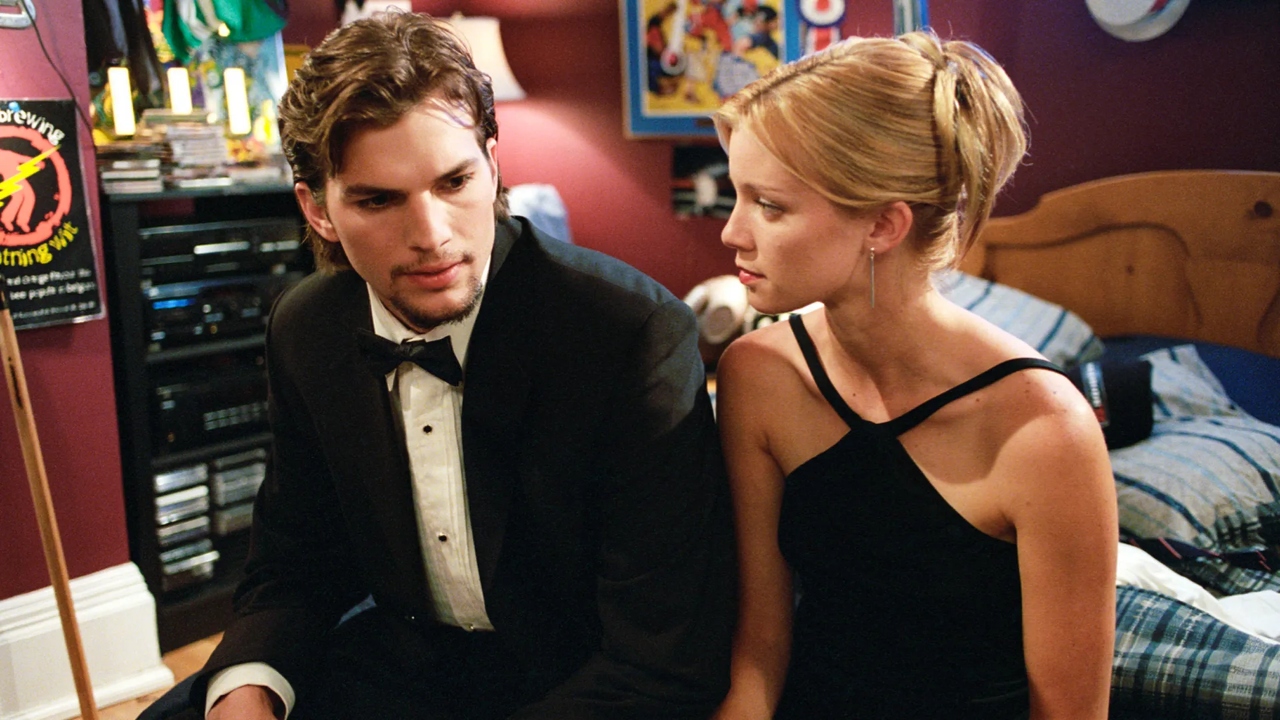
The big confusion people have with The Butterfly Effect is likely tied to the realisation that two versions exist. In cinemas, viewers saw Ashton Kutcher’s Evan fix his time-travelling mistakes, creating a somewhat happy ending. However, the ending of the home-entertainment release was far bleaker, with Evan travelling back into the womb and essentially aborting his own existence.
Fight Club (1999)
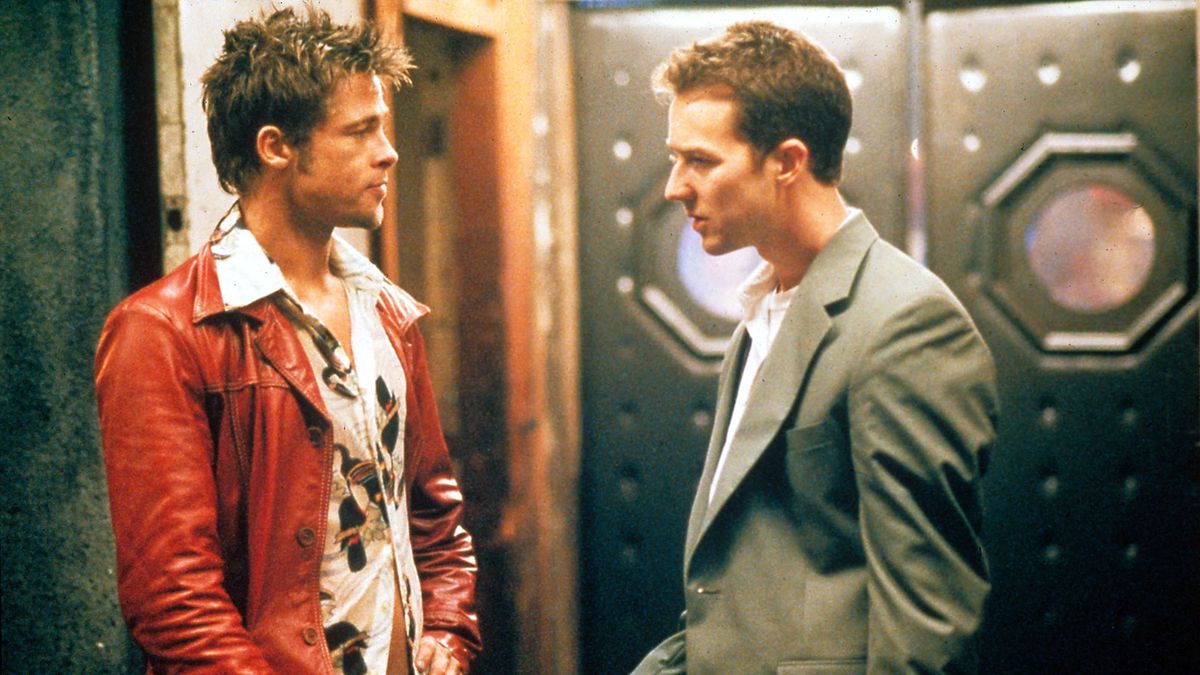
A poster film for toxic masculinity, Fight Club follows the film’s nameless narrator who is befriended by the charismatic Tyler Durden. The reveal that both men are one and the same is one of the best twists in modern cinema, but although fairly straight-forward, it left some viewers confused. A rewatch should fix most questions, with Chuck Palahniuk’s source novel answering the rest.
Lost Highway (1997)
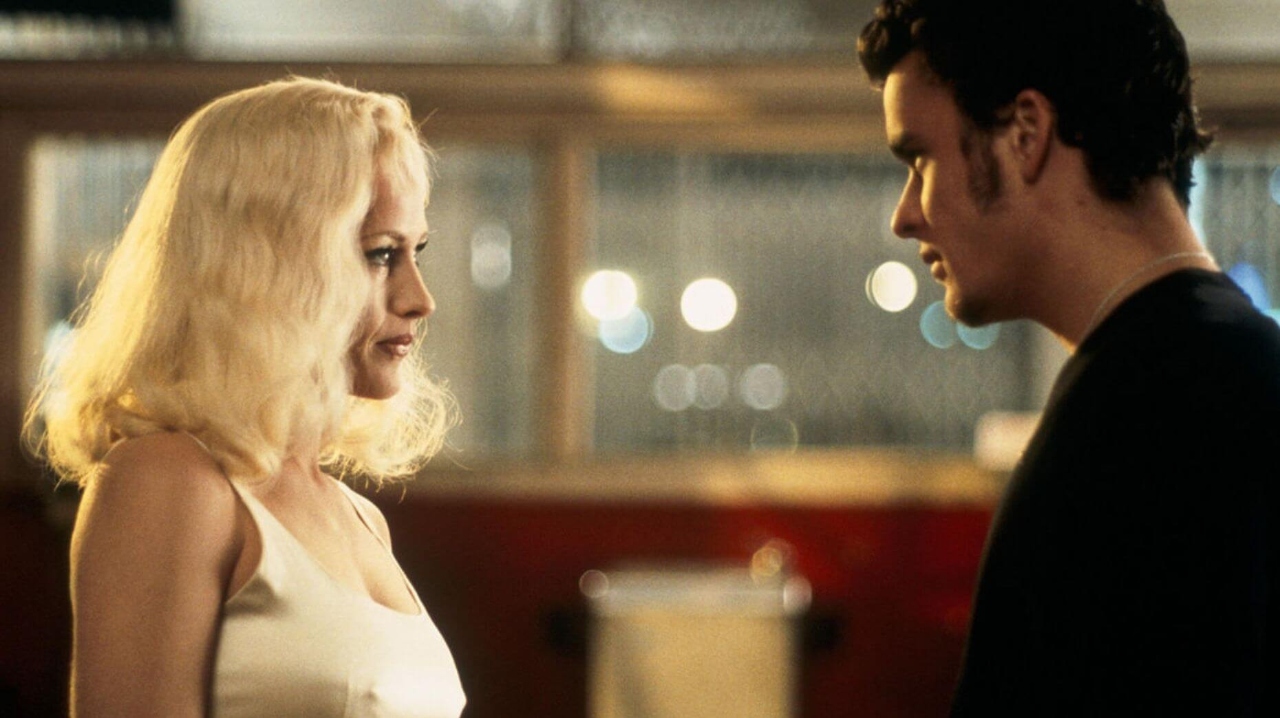
The third of David Lynch’s films to confuse IMDB users, is Lost Highway. At this point the director could probably fill a list all on his own. Viewers were left befuddled by his 1997 surreal neo-noir psychological horror thriller, which saw Bill Pullman’s musician, Fred, receive some strange videotapes before being inexplicably replaced by mechanic Pete.